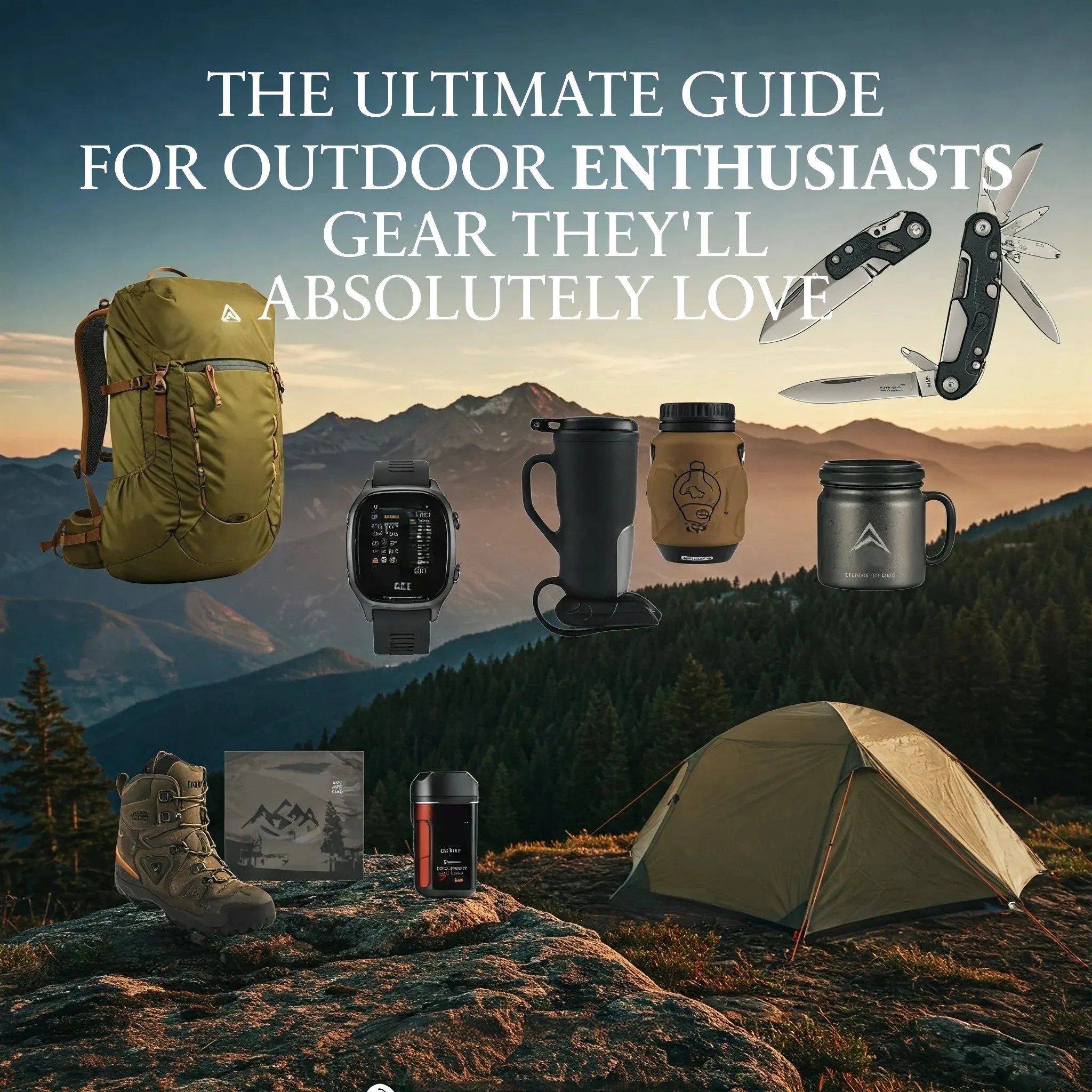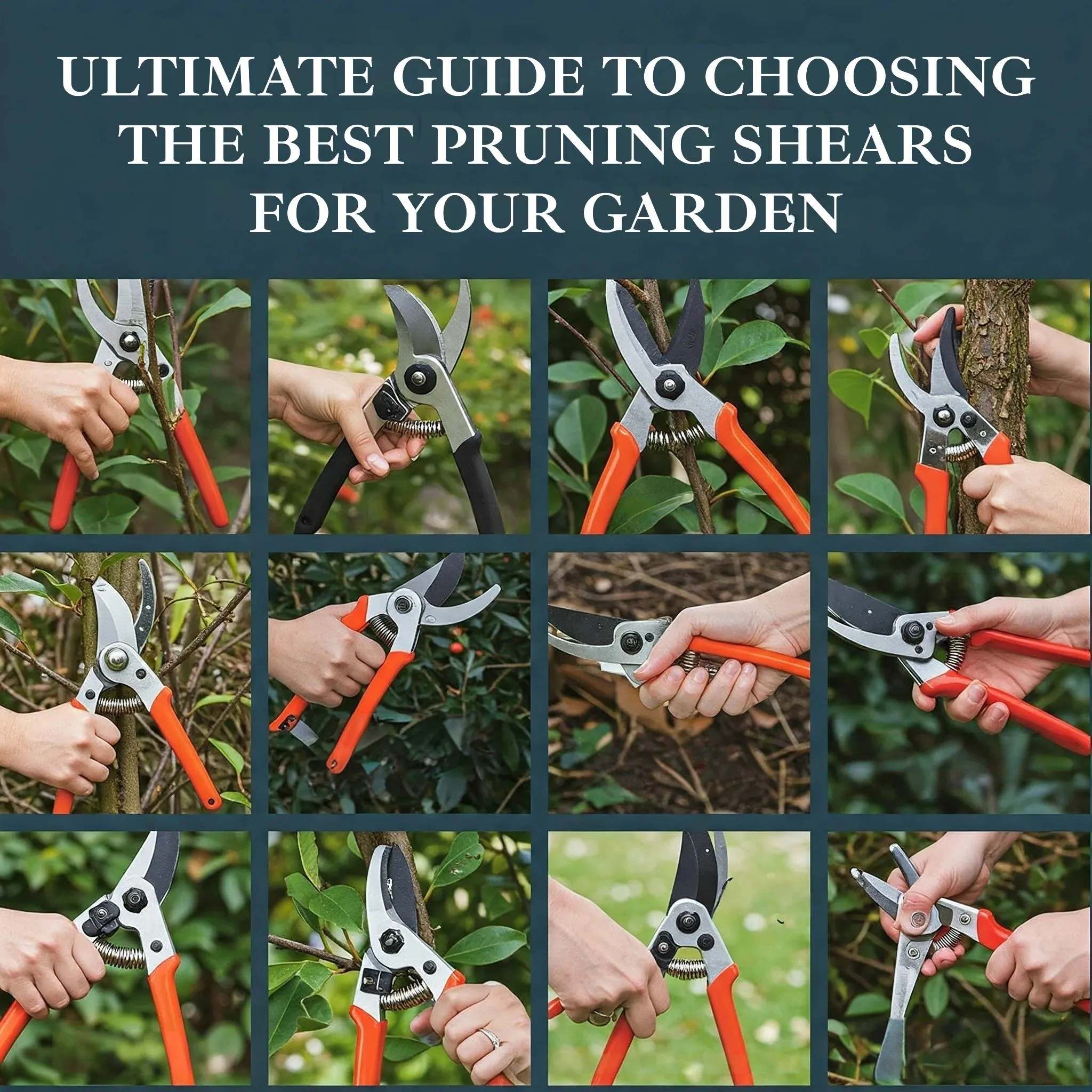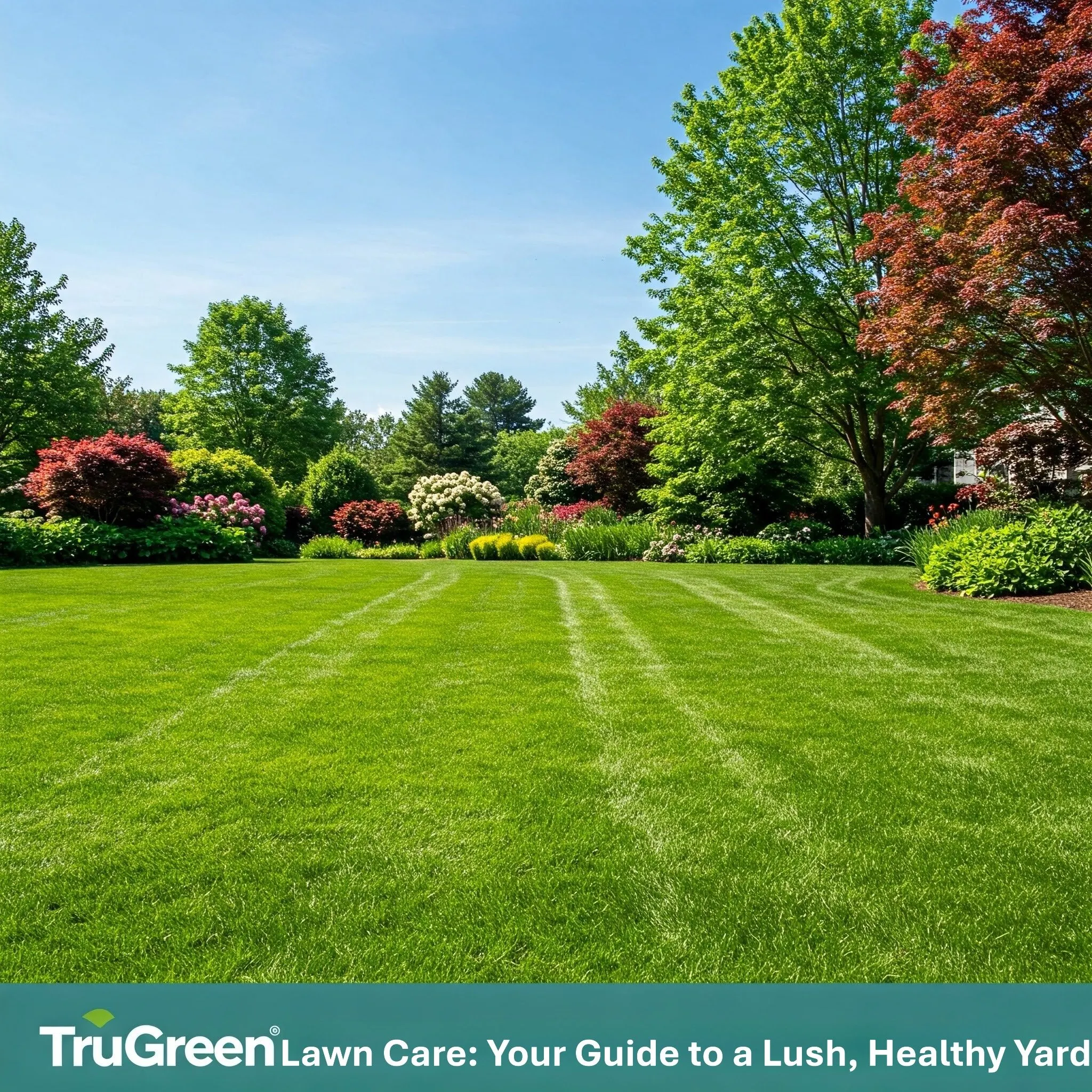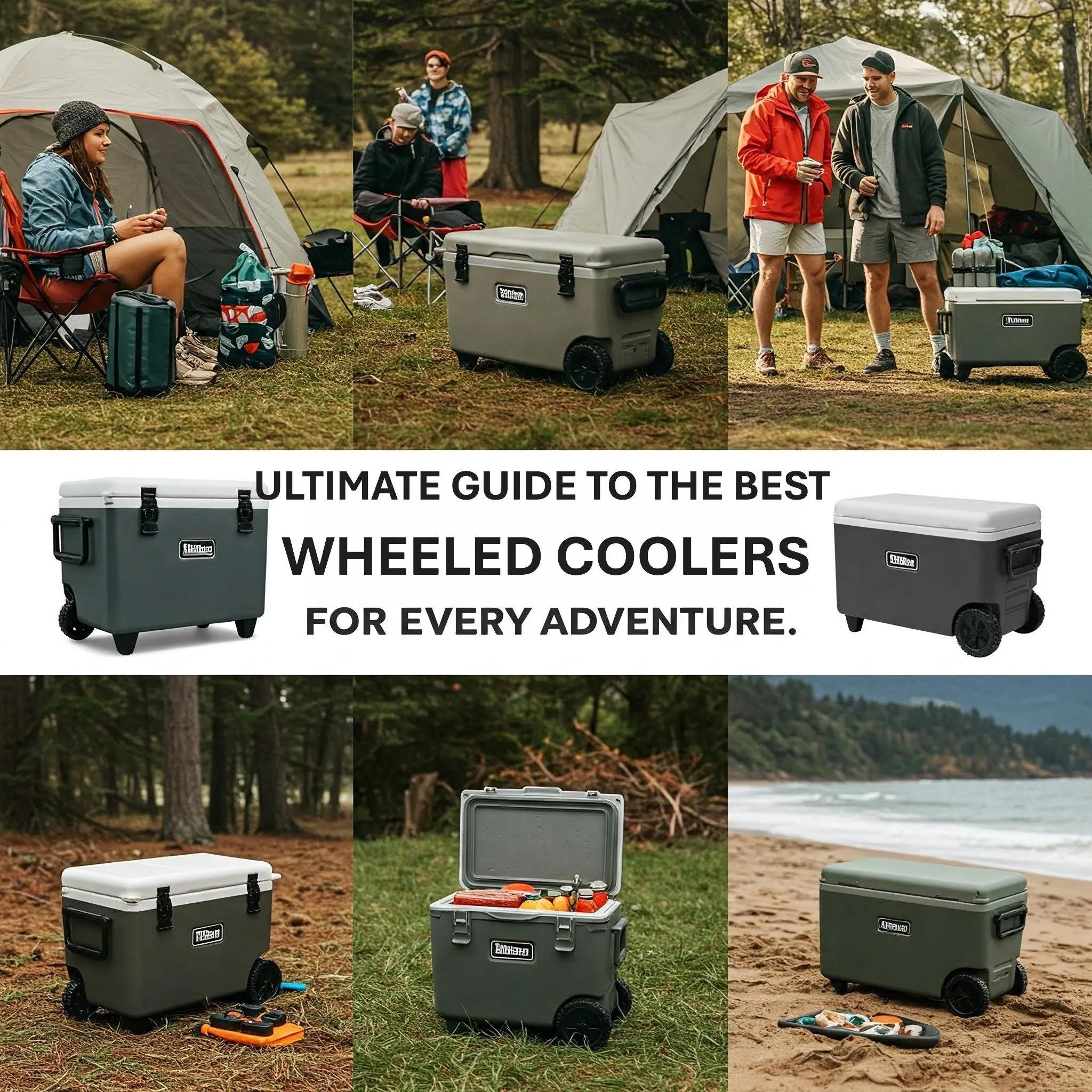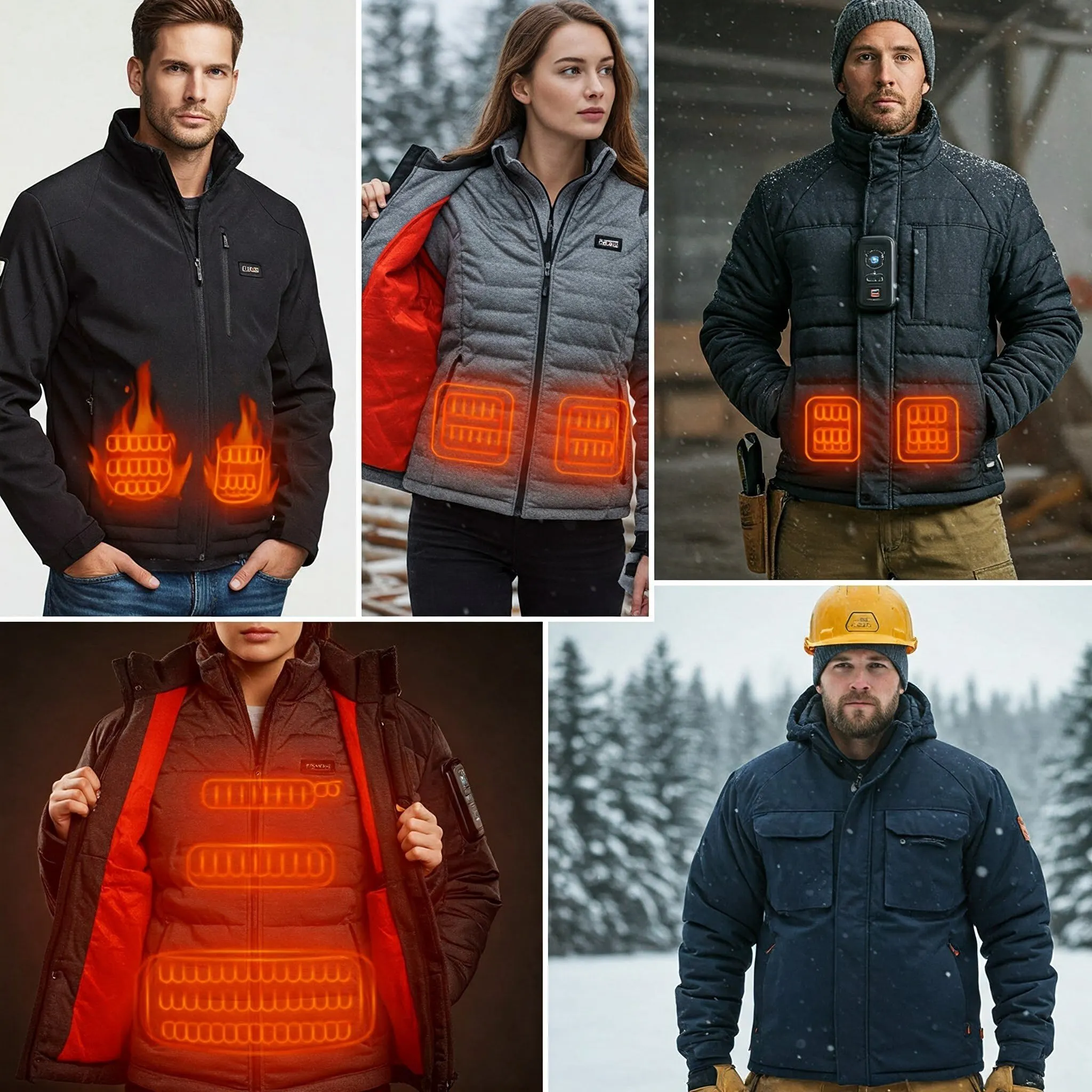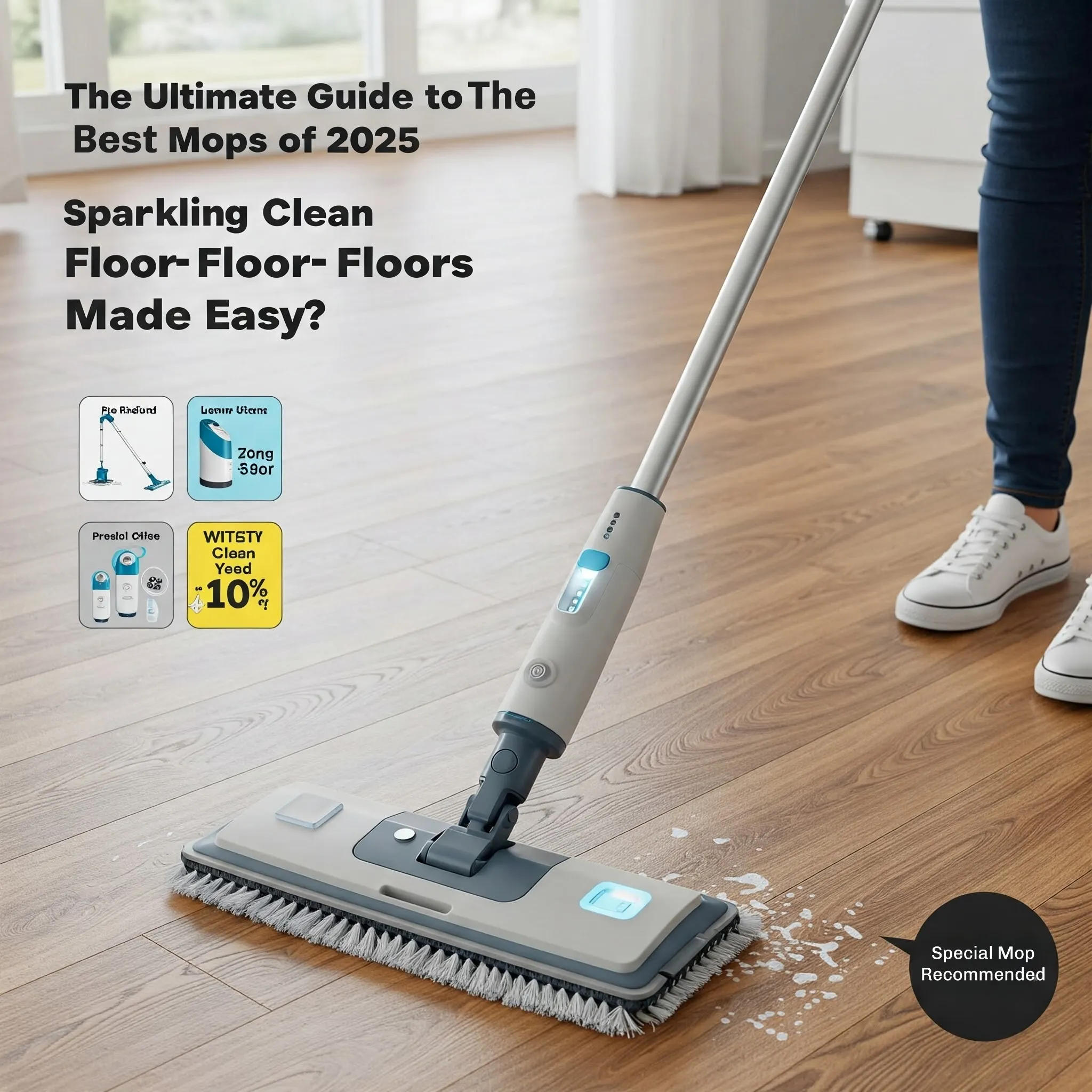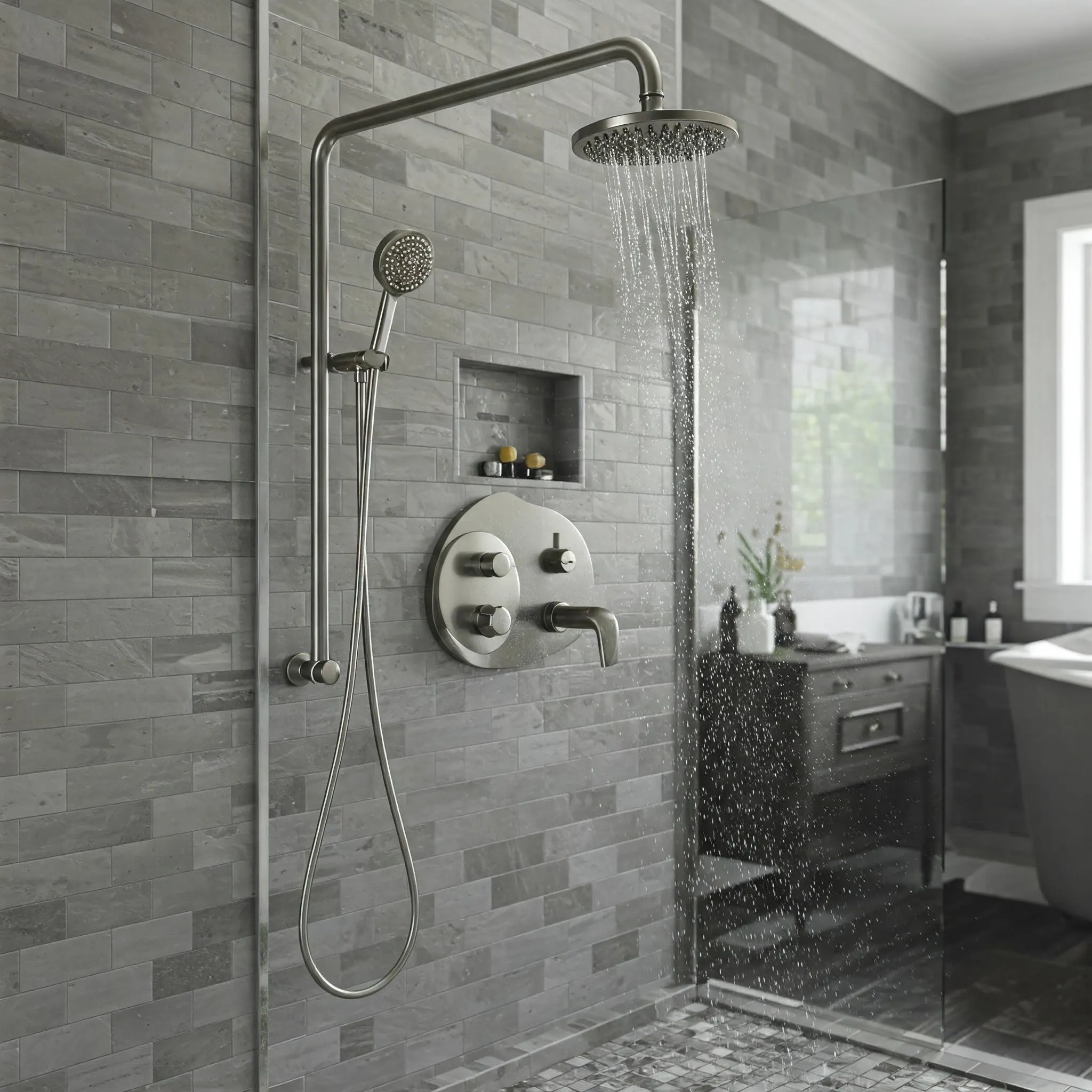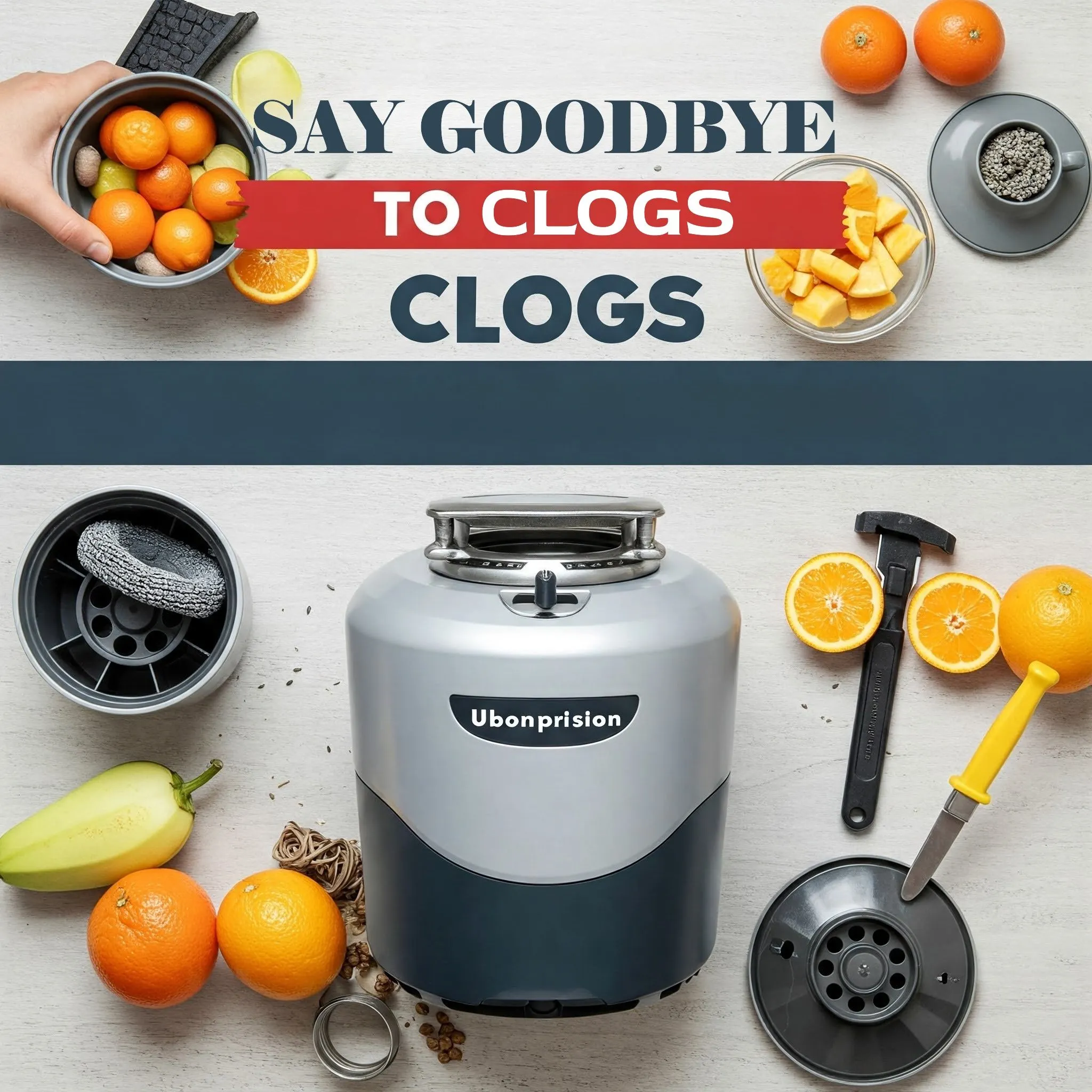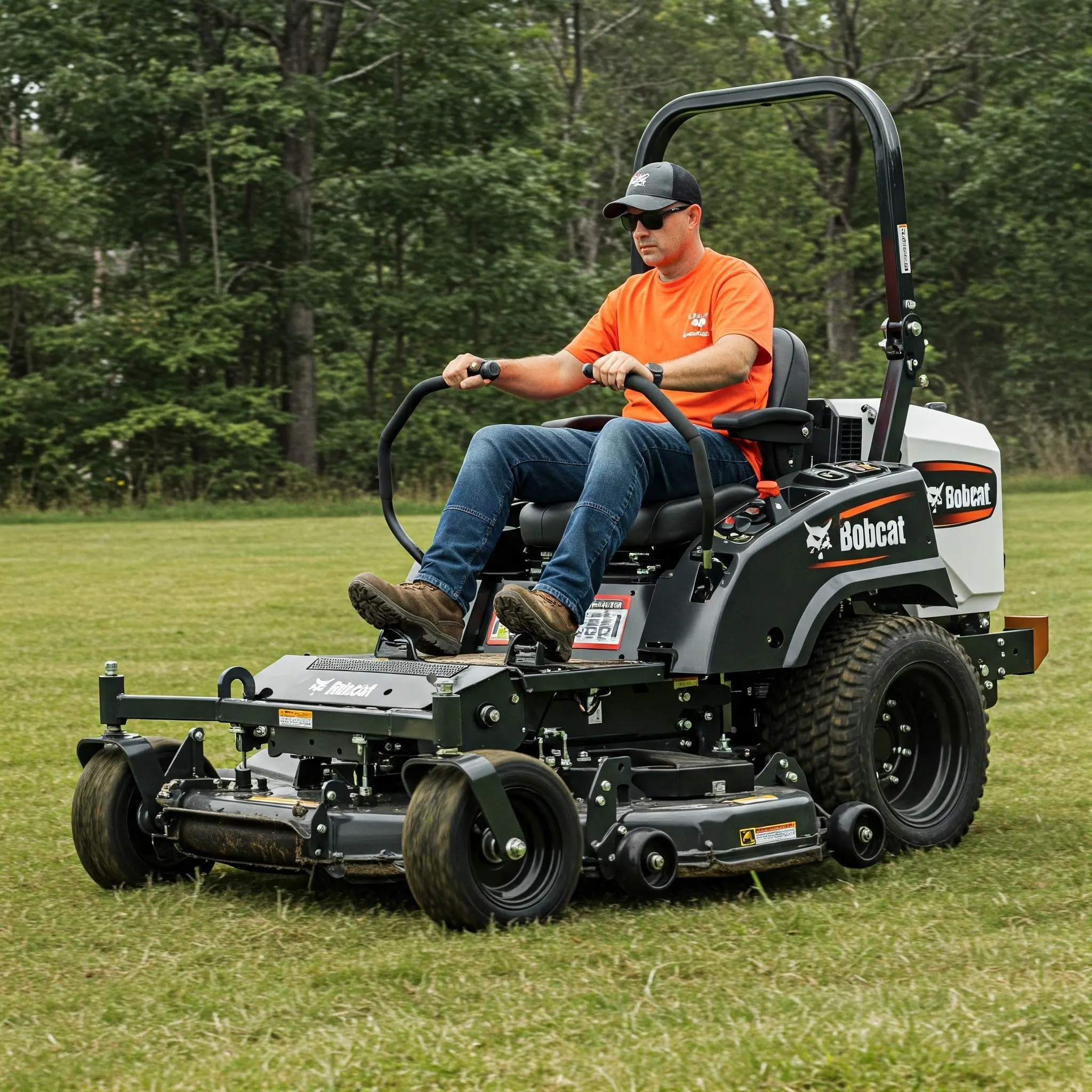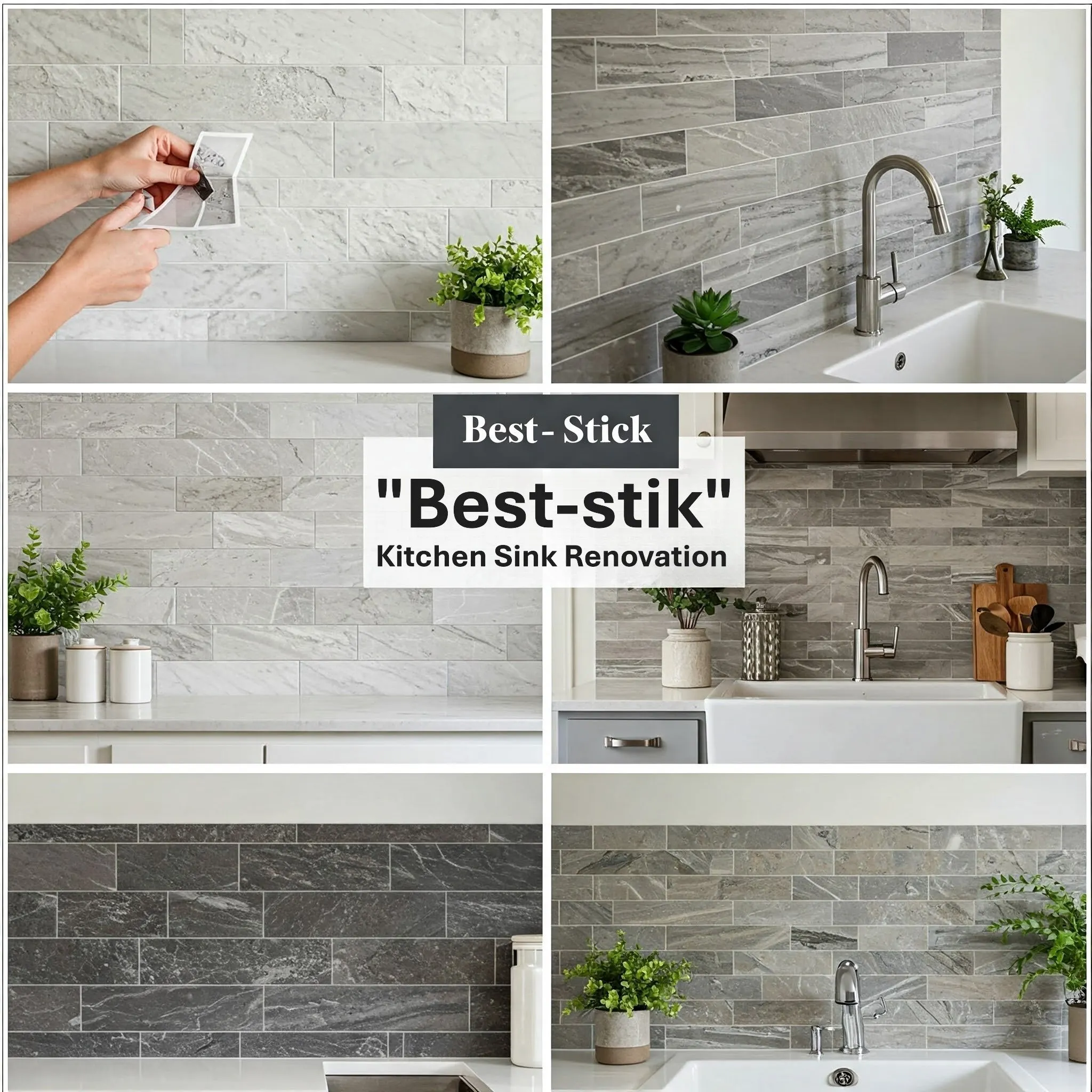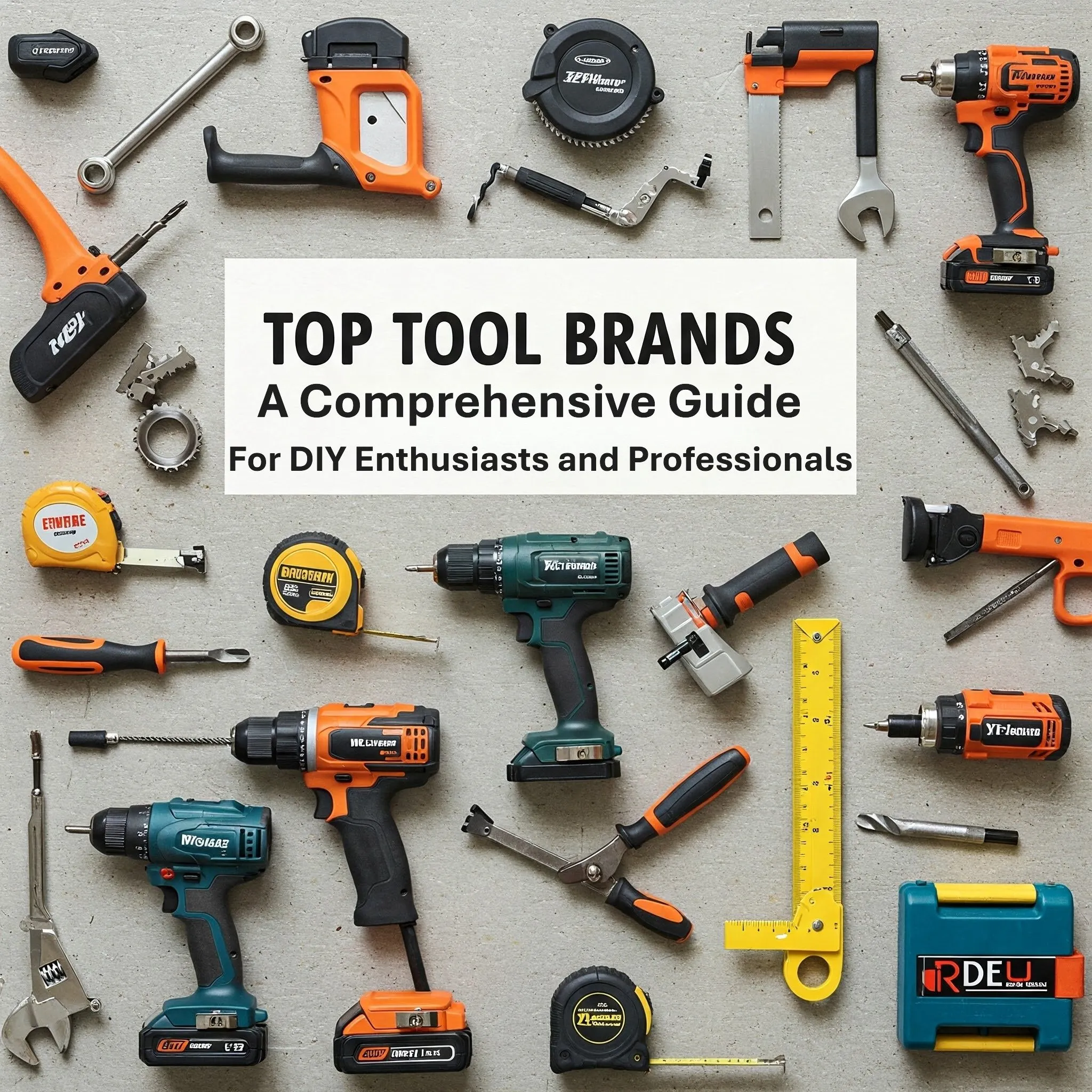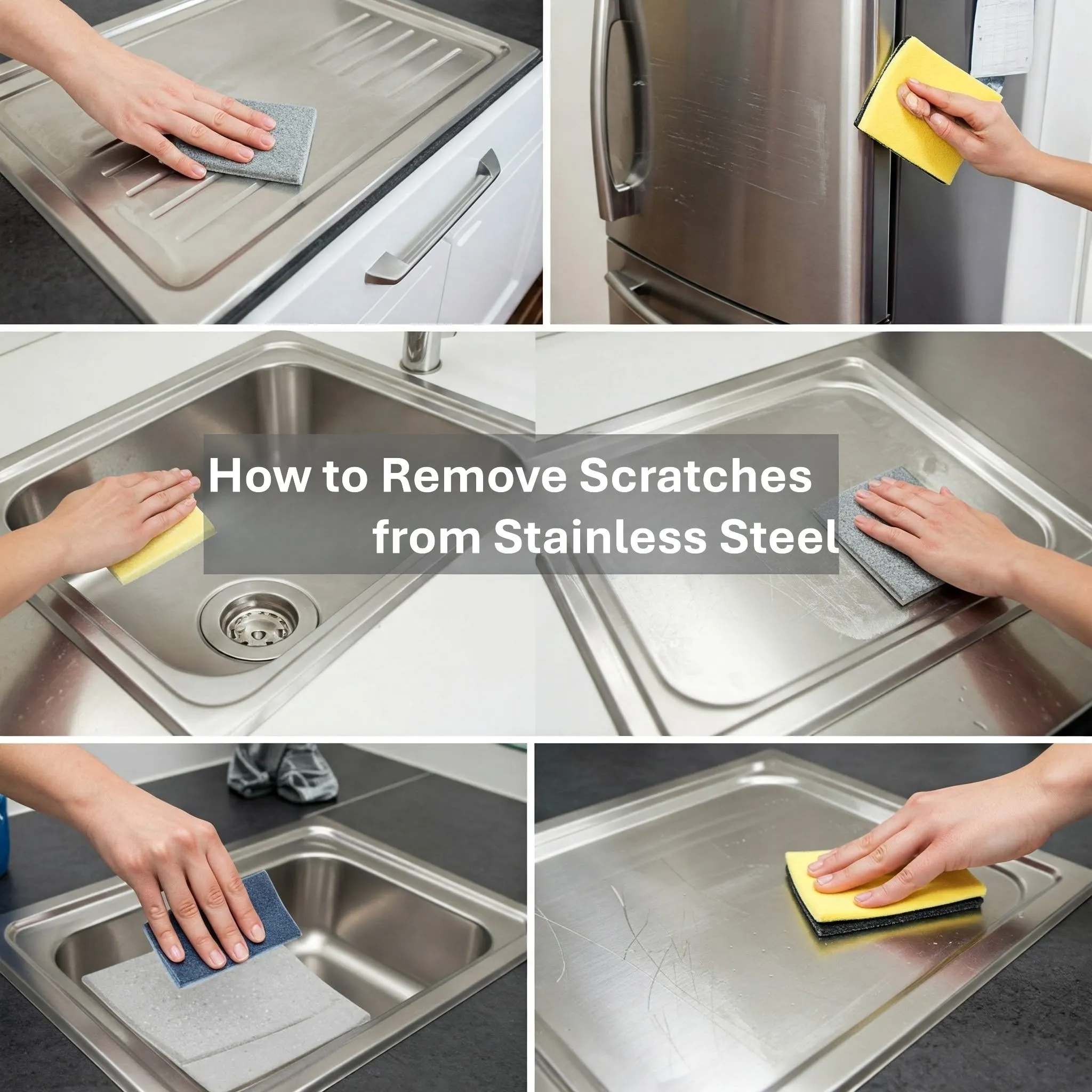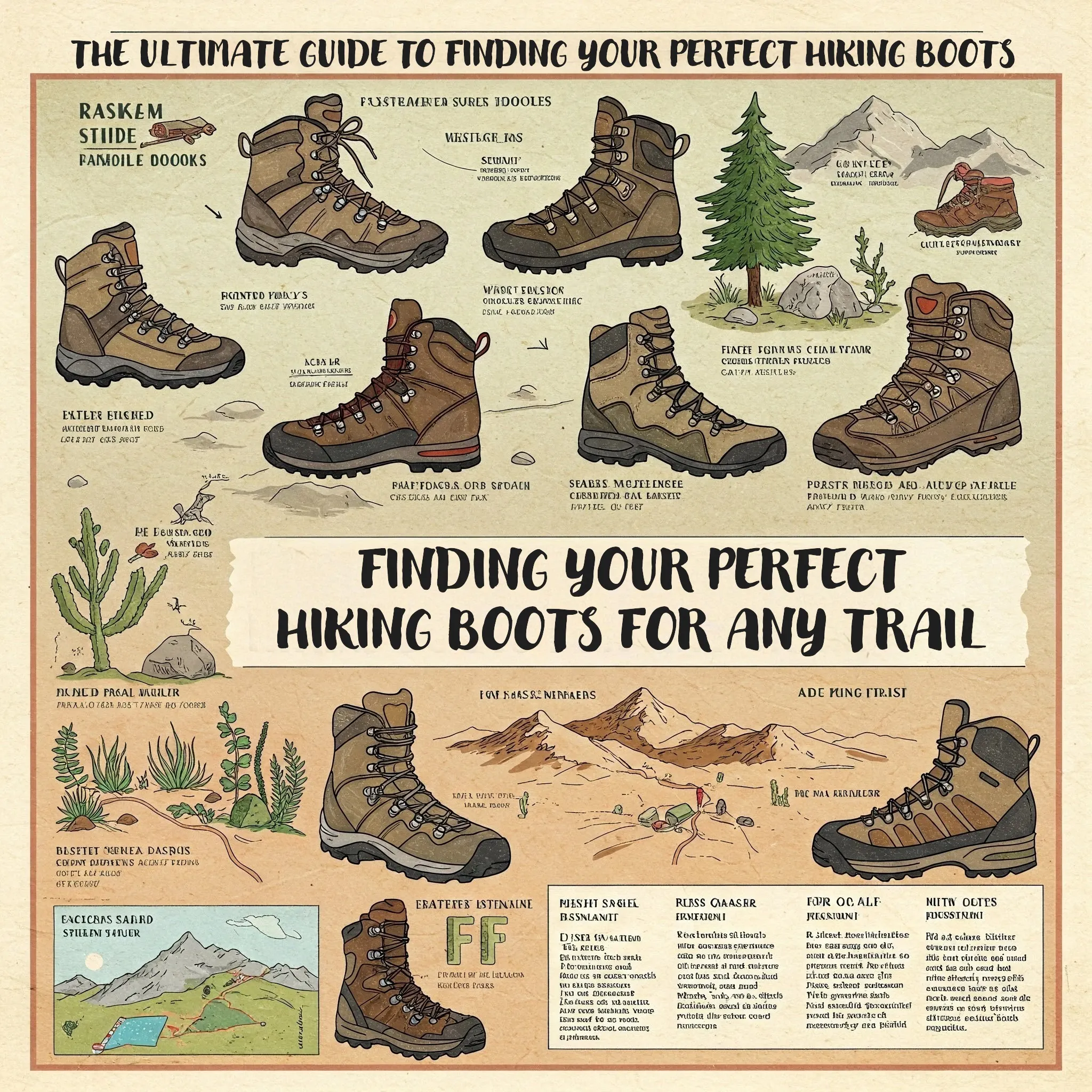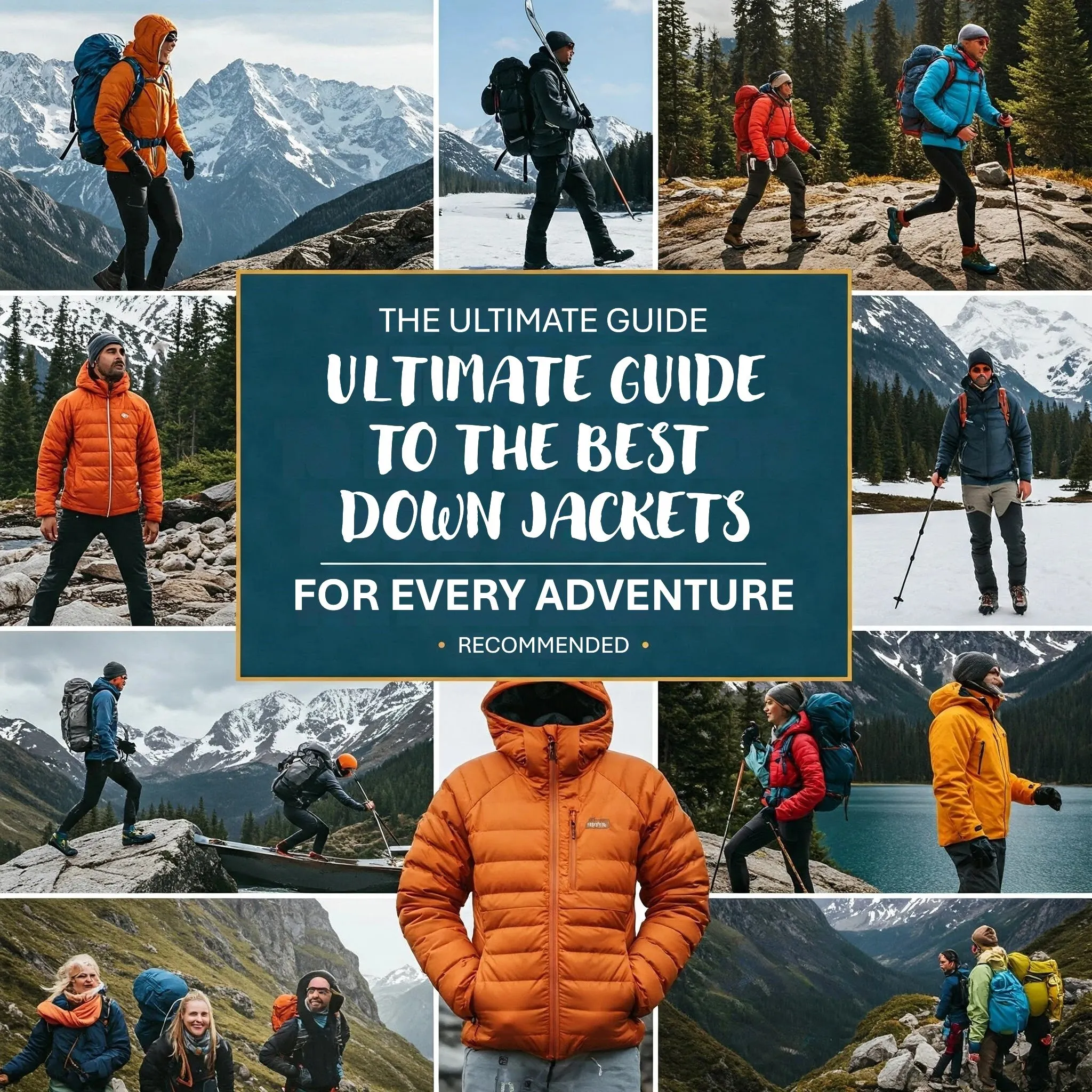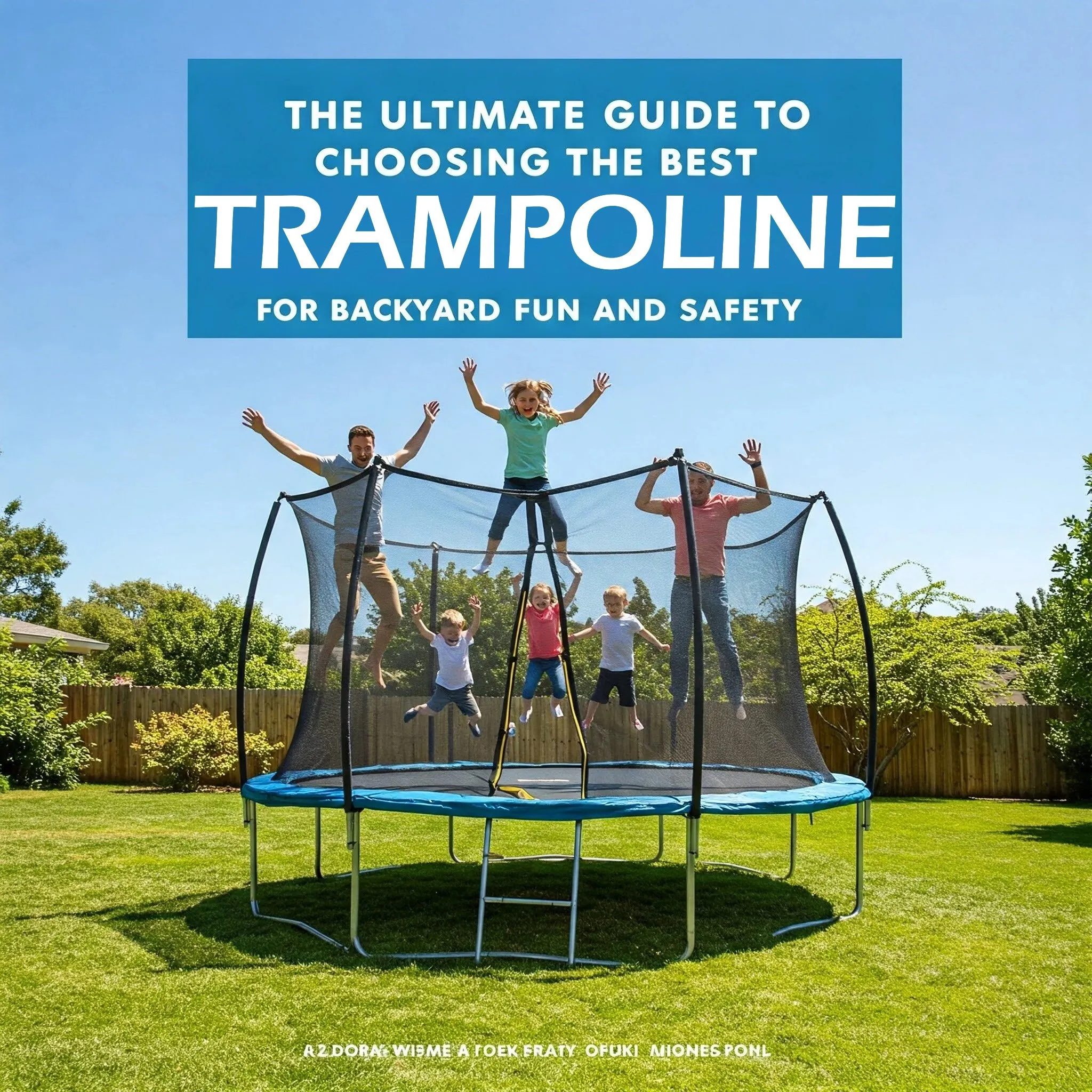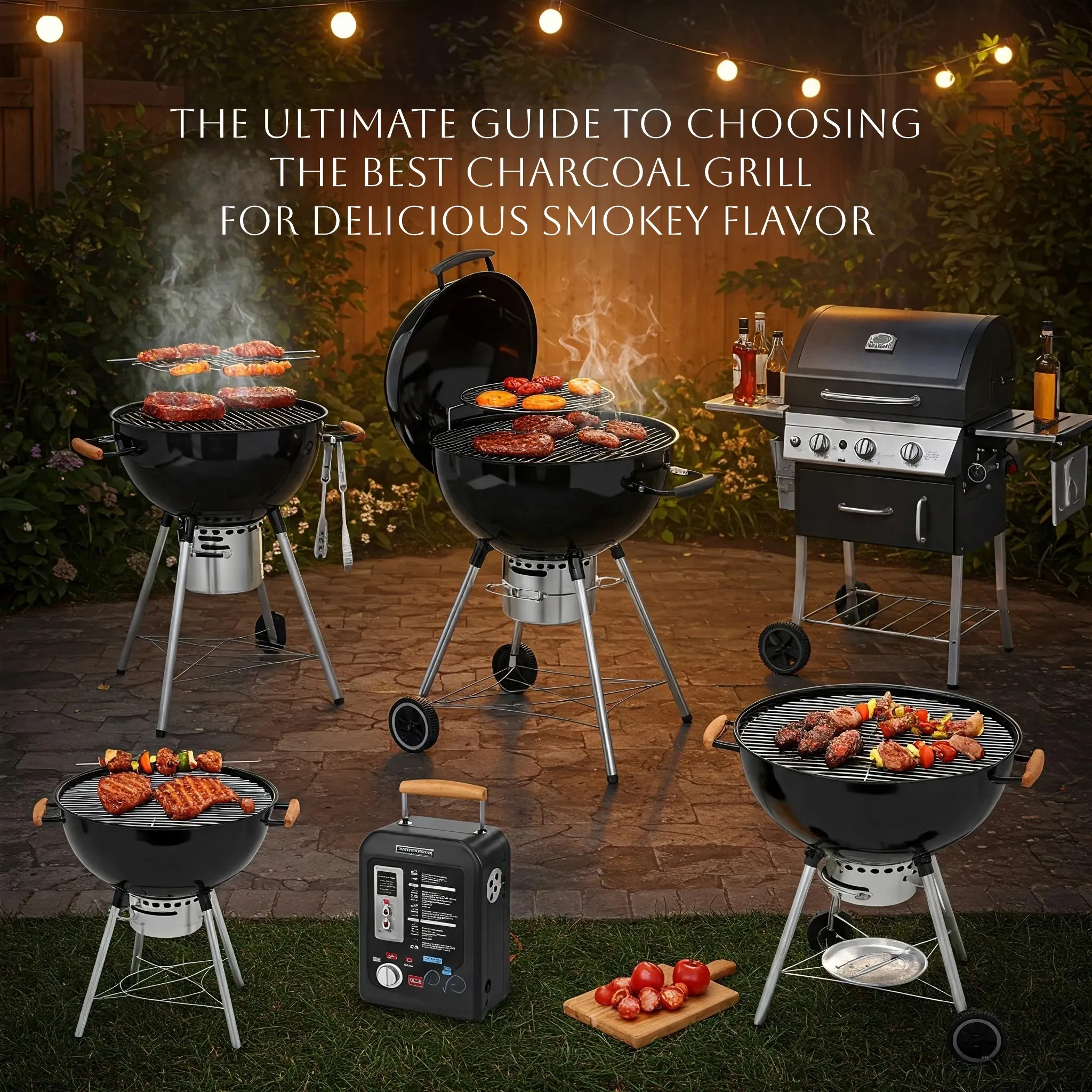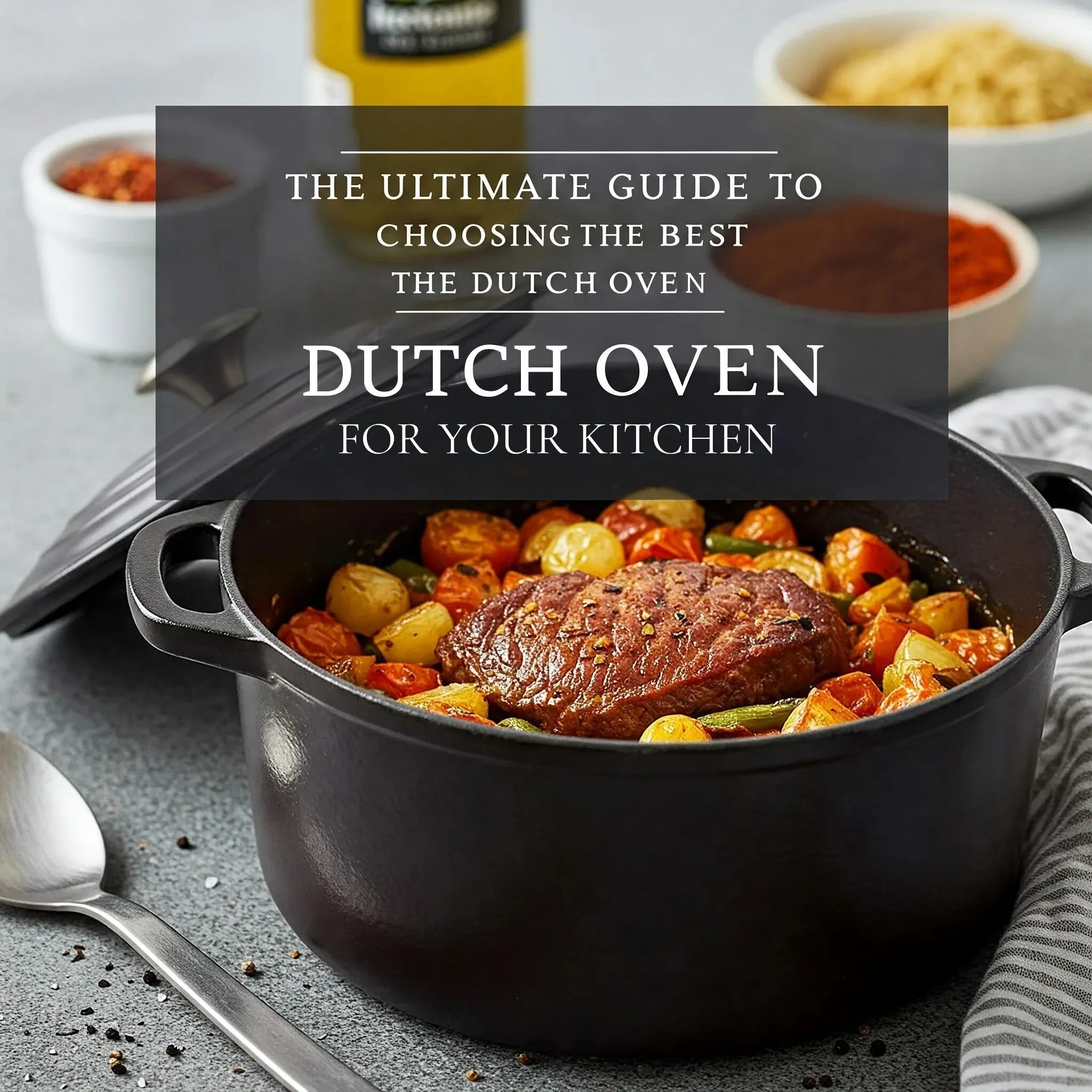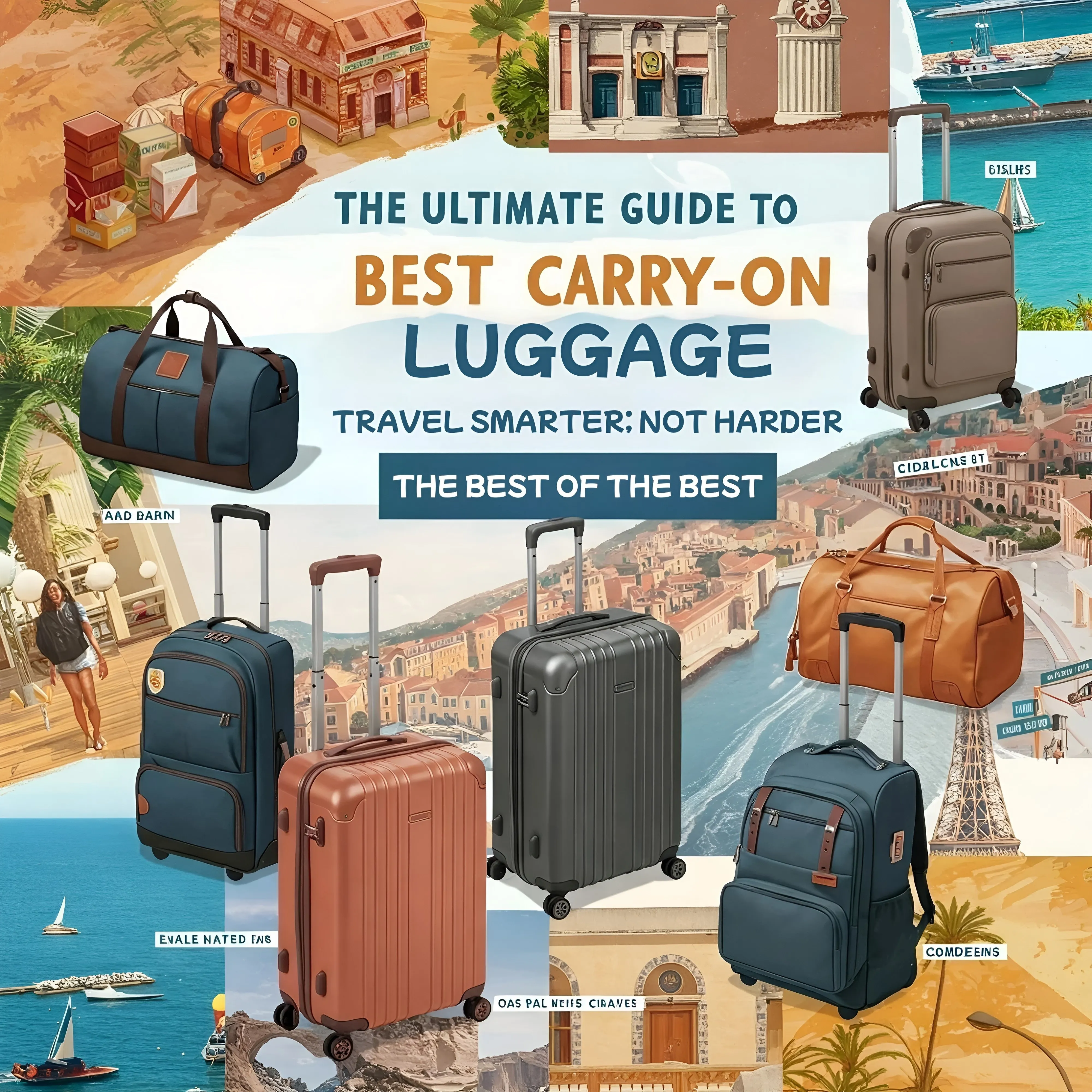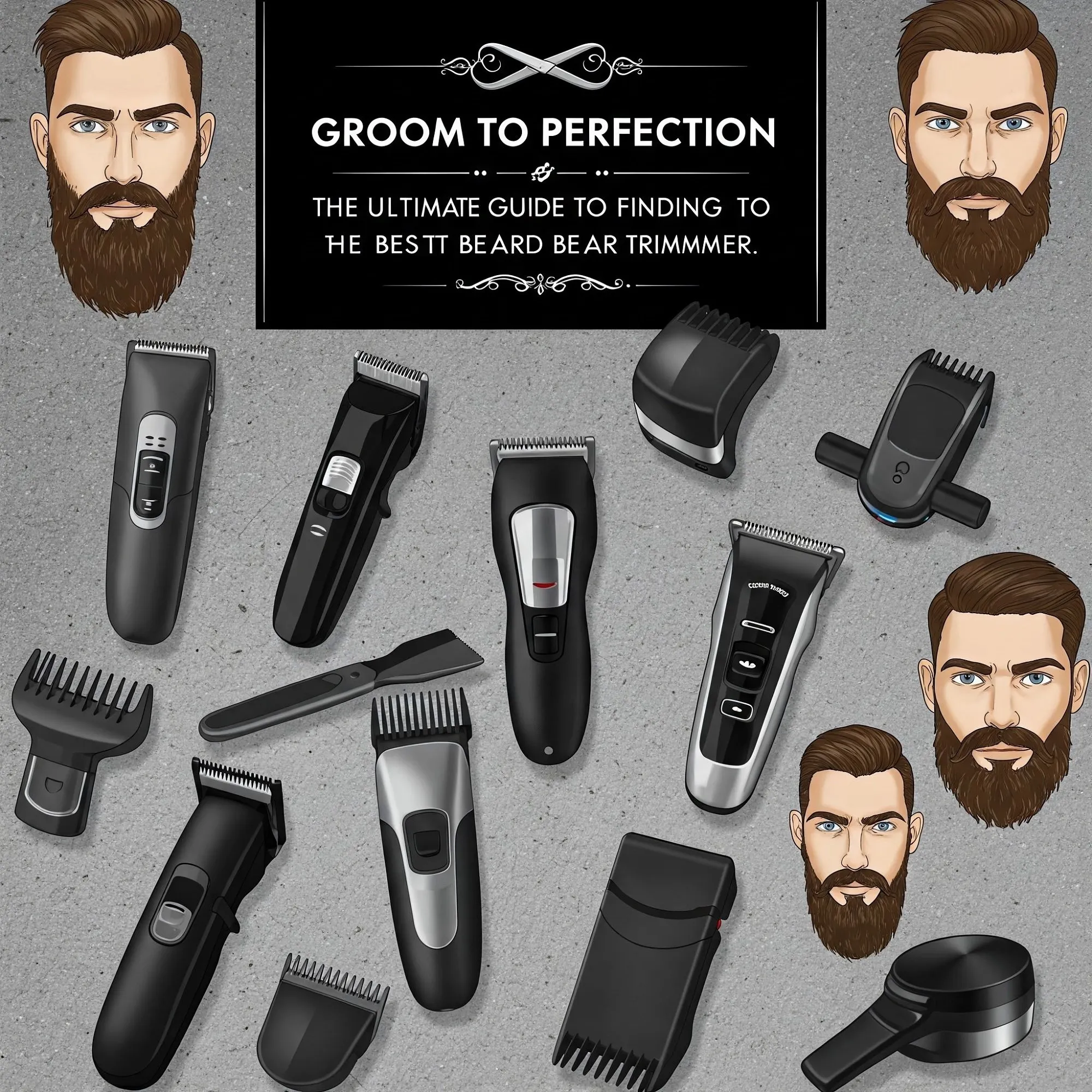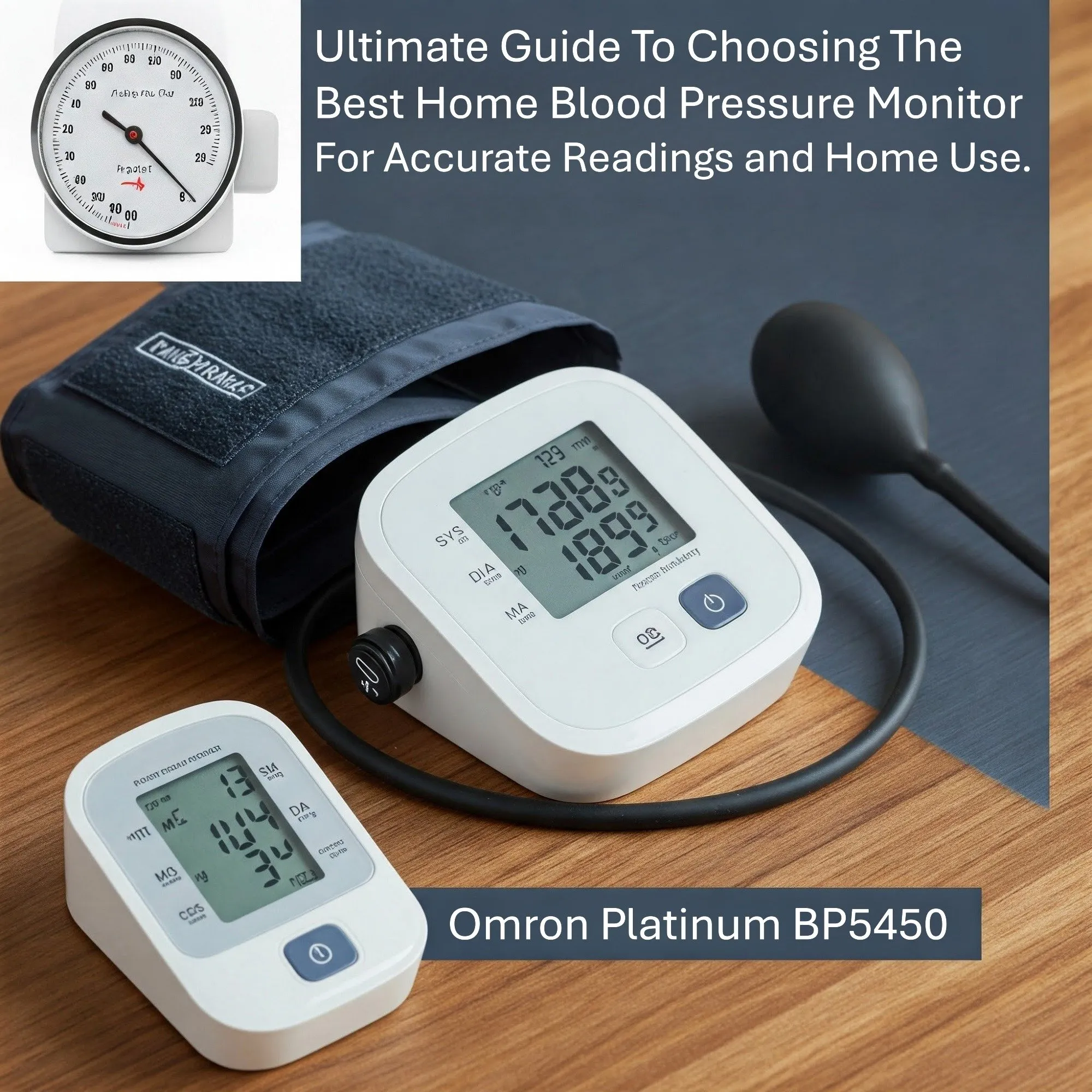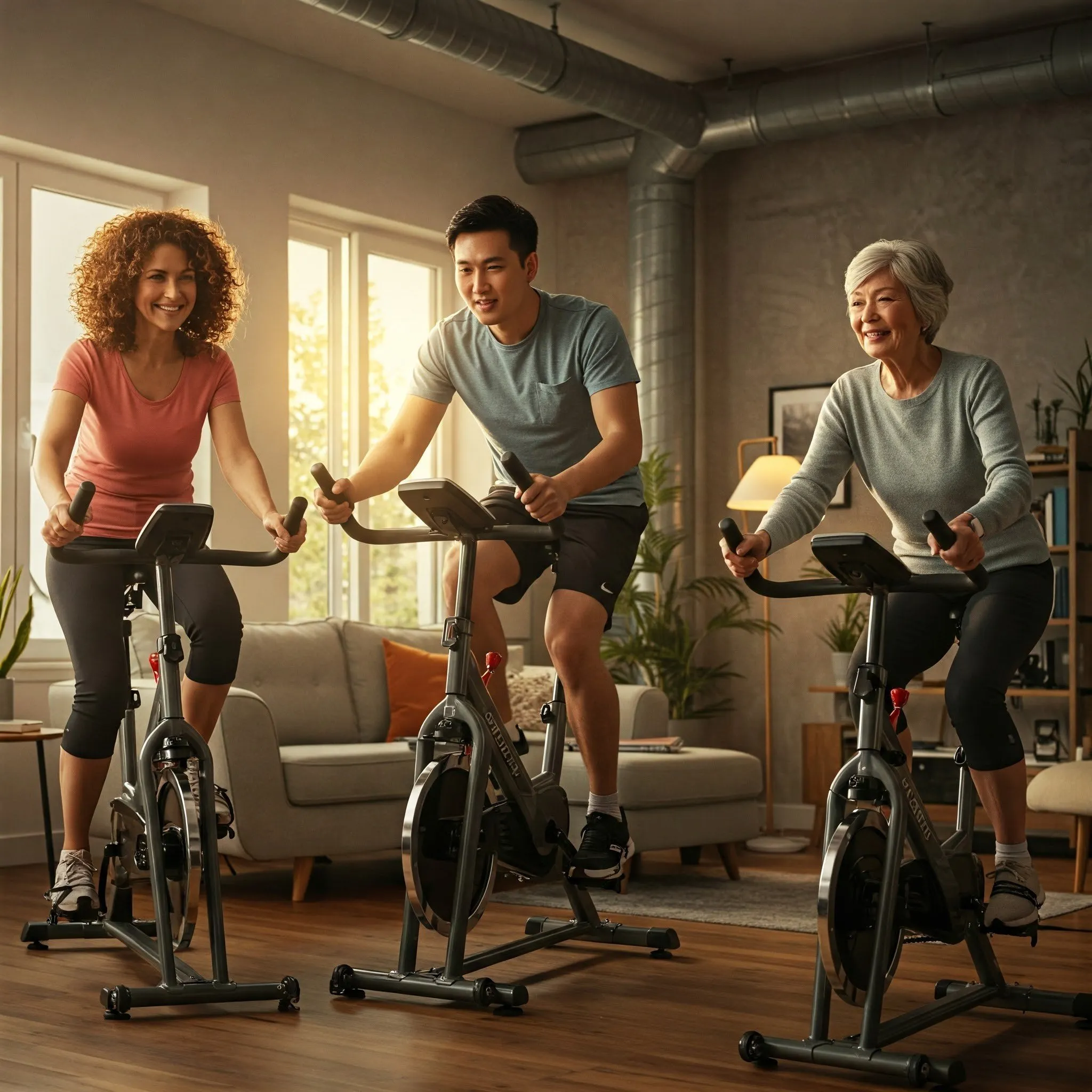The Ultimate Guide to the Best Down Jackets for Every Adventure
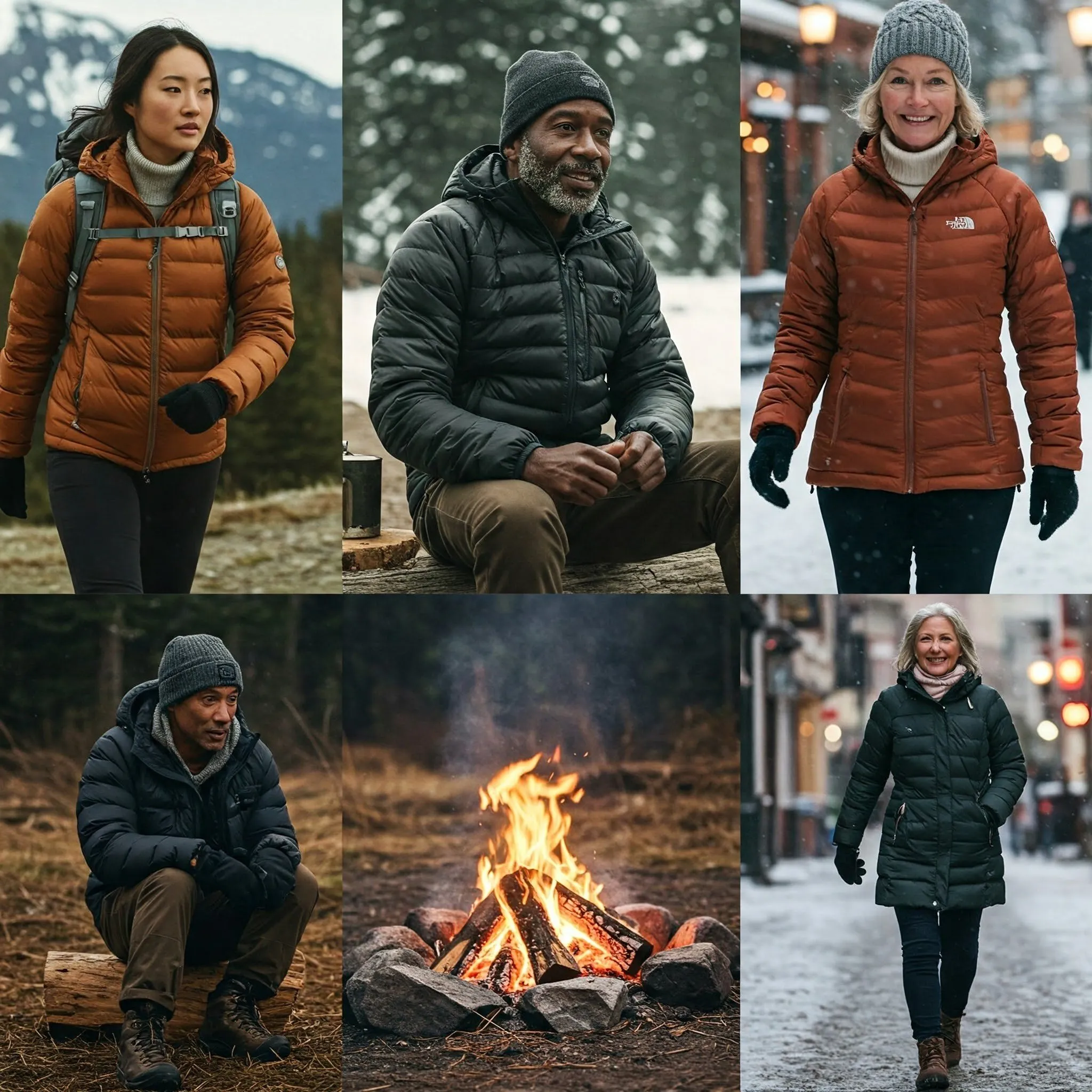
"Please be advised that we may receive compensation from the products featured on this page, and we participate in affiliate programs. Learn More ›"
Whether you're navigating the urban jungle on a chilly morning or embarking on a challenging winter trek, a high-quality down jacket is an indispensable piece of gear. It provides exceptional warmth without adding excessive weight, making it a versatile companion for a wide range of activities. Our team of seasoned outdoor enthusiasts rigorously tested 75 insulated jackets, covering over 400 miles across diverse landscapes and weather conditions, to bring you this definitive guide to the best down jackets available. After extensive evaluation, we've identified the top performers across various categories, ensuring you find the perfect match for your needs and budget.
====================================================================
Everything We Recommend:
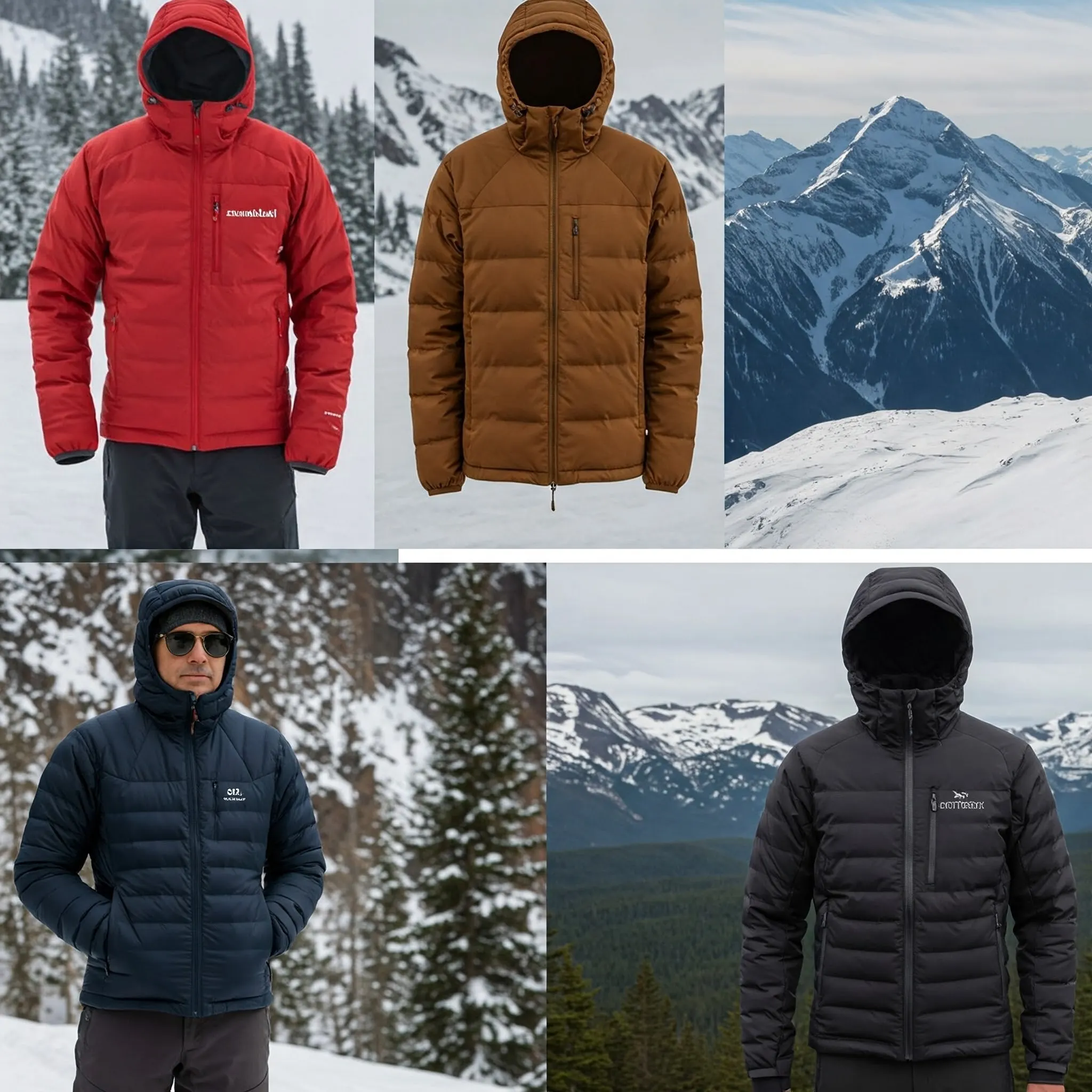
Our comprehensive testing led us to recommend several outstanding down jackets, each excelling in specific areas. Here’s a quick overview of our top picks:
- Top Pick: The Montbell Alpine Light Down Jacket (available in both women's and men's sizes) stands out as the best overall down jacket. It offers an exceptional balance of lightweight design, impressive warmth, and reliable weather resistance, making it our go-to insulator for everything from daily commutes to backcountry adventures. You can purchase the women's model for $255 and the men's for $259 directly from Montbell.
- Budget Pick: For those seeking an affordable yet capable option, the REI Co-op 650 Down Jacket (also available in women's and men's sizes, including plus and tall sizes) is our top budget-friendly choice. This no-frills insulator provides surprising warmth for its price point and boasts a comfortable fit ideal for layering. The women's version is available for $64 (with potential deals on the clay color), and the men's version costs $129, both available at REI.
- Upgrade Pick: If you're looking for a touch of luxury and enhanced features, the Stio Hometown Down Hooded Jacket (available in women's and men's versions) is our upgrade pick. This jacket boasts premium features like graduated wrist cuffs and a cinch cord on the hood, offering exceptional warmth, durability, and a remarkably soft feel. The women's model is priced at $263 (with potential deals on orange or blue), and the men's version is $329, both available from Stio.
- Best Down-Alternative Jacket for Active Use: For those who prefer a synthetic insulation or need a jacket that can handle more rugged use and damp conditions, the Arc'teryx Atom Jacket (available in women's and men's fits) is our top recommendation. Insulated with a high-performance synthetic alternative to down, this jacket offers excellent breathability and durability, making it ideal for active pursuits. The women's version is available for $341 from Amazon, and the men's version is priced at $280 from REI.
====================================================================
What to Consider When Buying a Down Jacket:
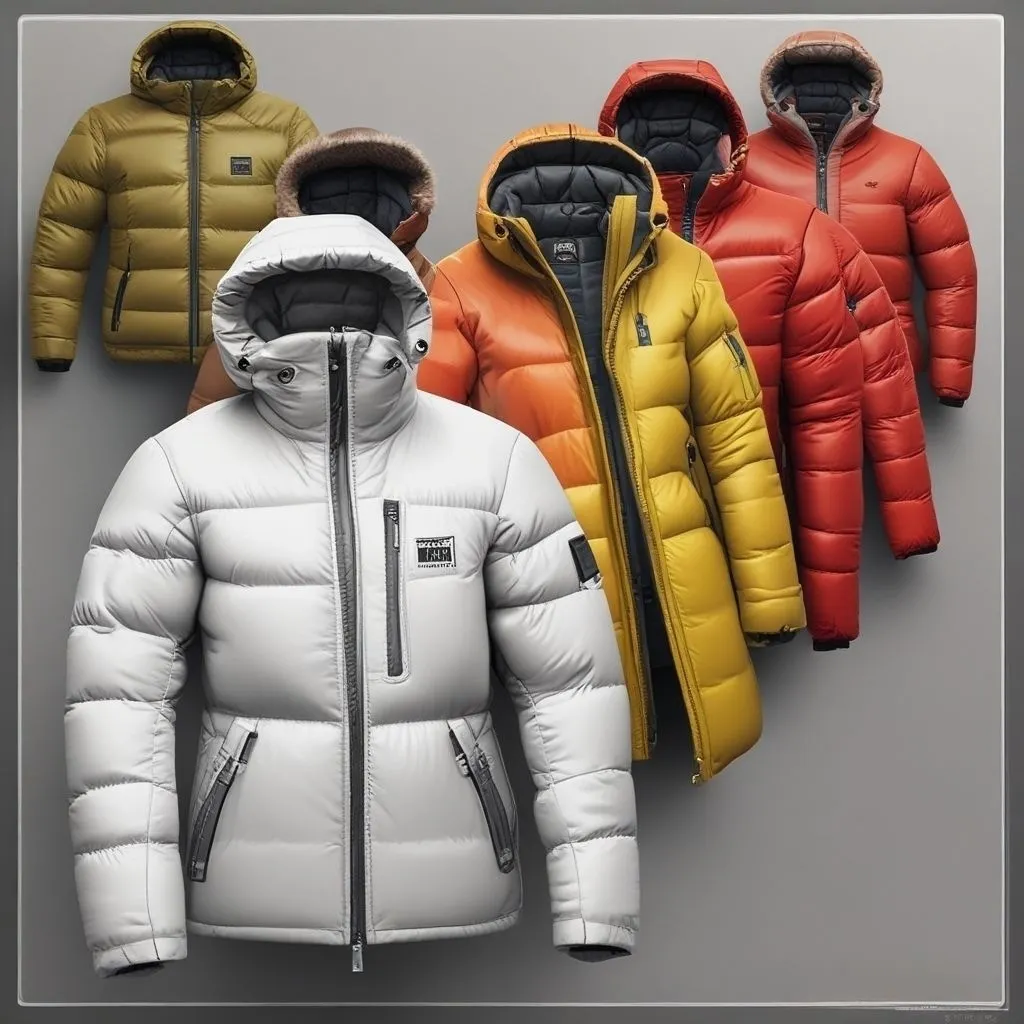
Choosing the right down jacket involves considering several key factors to ensure it meets your specific needs and preferences. These include:
- Warmth: Consider the typical temperatures you'll be facing. Down fill power (ranging from 650 to 850 and higher) indicates the loft and warmth of the down. Higher fill power means more warmth for the same weight. Synthetic insulation is a good alternative for damp conditions as it retains warmth even when wet.
- Weight and Packability: If you plan on backpacking or traveling, the weight and how small the jacket packs down are crucial factors.
- Water Resistance: While no down jacket is truly waterproof, many feature a Durable Water Repellent (DWR) finish to help shed light moisture. Synthetic jackets generally offer better water resistance.
- Durability: Consider the outer shell material. More durable fabrics will withstand more rugged use.
- Fit and Layering: Ensure the jacket fits comfortably and allows for layering underneath and over it.
- Features: Look for useful features like pockets (hand-warmer pockets, interior pockets), adjustable hoods, and drawcord hems.
- Ethical Sourcing: If it's important to you, check if the down used is certified by the Responsible Down Standard (RDS) or the Global Traceable Down Standard (Global TDS), ensuring the down comes from birds that were not live-plucked or force-fed.
====================================================================
How We Picked the Best Down Jackets:
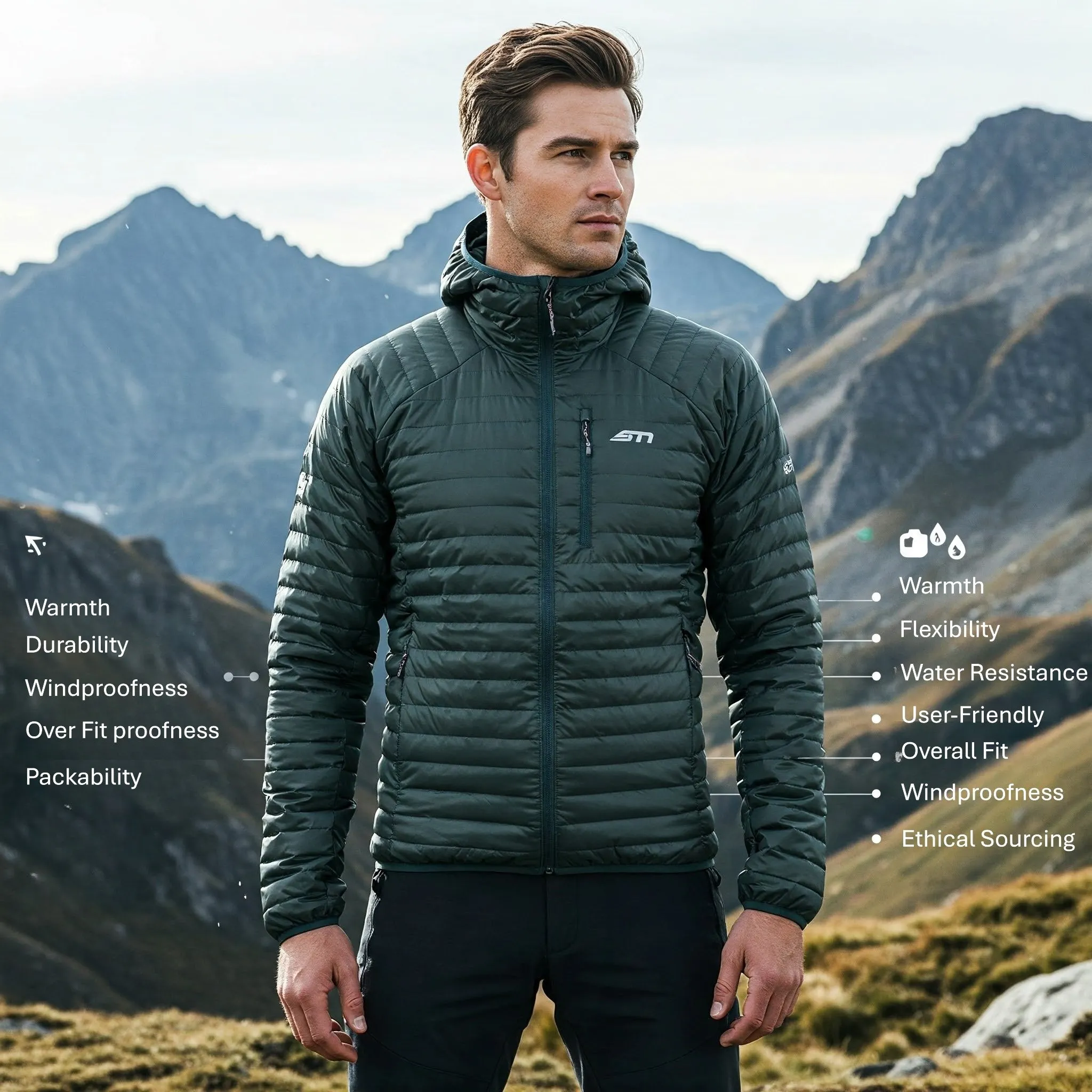
Our selection process was rigorous and data-driven. We focused on finding versatile, multi-use insulated jackets suitable for a mix of activities, rather than highly specialized options. Our criteria included:
- Warmth: We tested both down and synthetic jackets to assess their ability to provide reasonable warmth when worn over a light base layer in cold conditions.
- Flexibility: We evaluated the range of motion each jacket allowed, ensuring they were comfortable enough for activities like hiking, cycling, and climbing.
- Durability: We assessed the resistance to ripping, tearing, and seam separation under typical outdoor use.
- Water Resistance and Drying: We looked for jackets with a DWR finish that could withstand light moisture and dry relatively quickly indoors.
- Windproofness: Similarly, while a truly windproof down jacket is rare, we prioritized jackets that offered good wind resistance.
- Overall Fit: We preferred jackets that were comfortably loose yet functional, allowing for layering.
- User-Friendly Features: We examined the quality and ease of use of zippers and the functionality of pockets.
- Packability: We assessed how small and light each jacket could be packed down.
- Ethical Sourcing: We prioritized jackets made with down certified by the RDS or Global TDS.
====================================================================
Why You Should Trust Us: Years of Rigorous Testing and Expertise
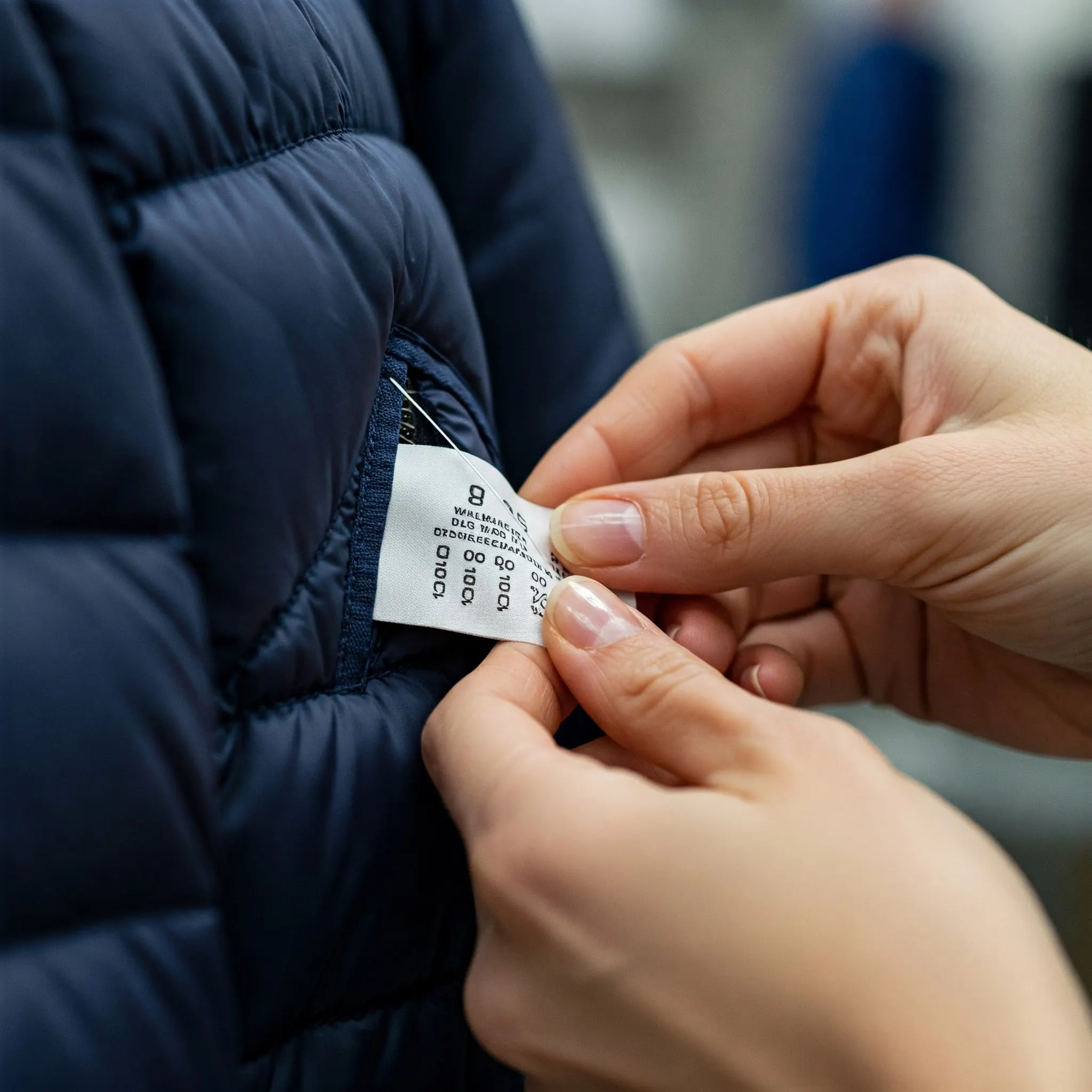
Our recommendations are rooted in extensive real-world testing and the deep expertise of our team. One of ClixNest's staff members, based in Western Washington, a region known for its unpredictable and often wet weather influenced by the Pacific Ocean, personally tested many of these jackets. This environment, characterized by frequent cloud cover and damp conditions, provided an ideal backdrop for evaluating the performance of these insulators. Furthermore, a freelance journalist and frequent ClixNest contributor, with over a decade of experience writing about outdoor gear, health, parenting, and shopping, updated this guide in both 2021 and 2024, ensuring our recommendations reflect the latest and greatest models available. This individual's extensive background in reviewing gear ranging from headlamps to backpacking tents makes them highly qualified to assess the quality and performance of down jackets. Having grown up in the wet and cold climate of Seattle and currently residing in the mountains of central Oregon, their personal experience with winter conditions is invaluable. Their summers are spent hiking, falls and springs navigating rainy trails, and winters exploring on snowshoes, making them a true expert in evaluating winter gear.
Previously, this contributor shared their gear reviews with the REI Co-op Journal (now Uncommon Path), an editorially independent publication run by REI Co-op, further demonstrating their credibility within the outdoor gear community. To maintain objectivity, our conclusions are based on both quantitative data, such as weight, compression size, and torso length, and qualitative feedback from third-party testers who have no affiliation with any of the gear companies featured in this guide. Additionally, the findings of this review were thoroughly reviewed and affirmed by two experienced ClixNest outdoors editors who have never had any professional relationship with REI, ensuring a balanced and unbiased perspective.
====================================================================
Who Should Get This: Versatile Warmth for Everyday and Outdoor Adventures
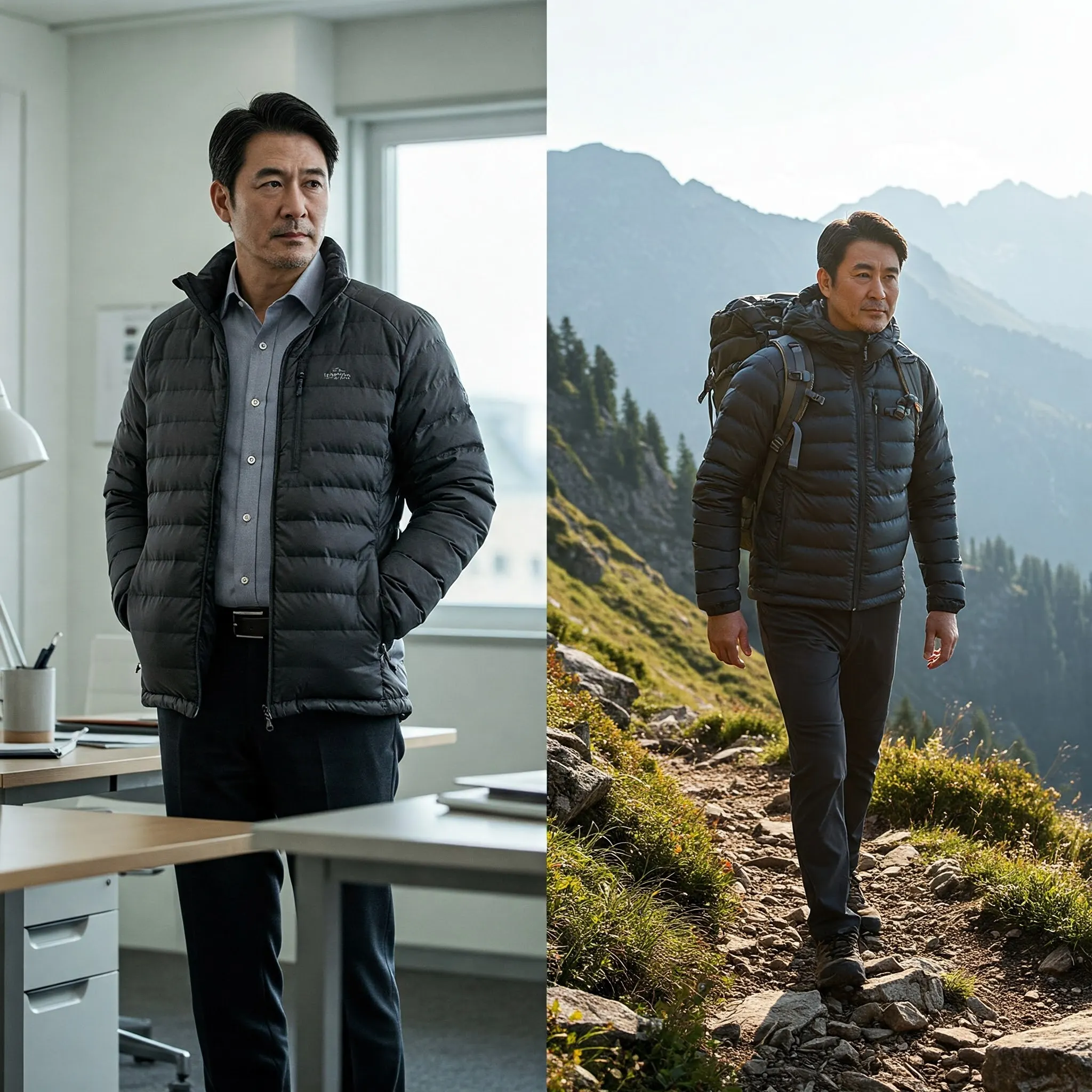
This guide is for anyone seeking a reliable and versatile insulated jacket that can serve as both an everyday stand-alone layer and a functional mid-layer for outdoor pursuits like skiing and backpacking. If you're looking for that one dependable jacket to keep you warm and comfortable in various situations, from your daily commute to weekend hikes, then you've come to the right place. We've focused on jackets that seamlessly transition between the demands of work, school, home, and outdoor adventures. If you often find yourself feeling chilled and wishing for an extra layer of warmth, our recommendations will help you find the perfect solution.
However, it's important to note that these jackets were selected for general use and moderate outdoor activities. If your goal is to stay warm while attempting to summit extreme altitudes like Mount Everest, you'll likely need more specialized and robust insulation. Our focus here is on providing excellent warmth and functionality for everyday life and typical outdoor adventures.
====================================================================
How We Picked: Focusing on Key Performance and Practicality
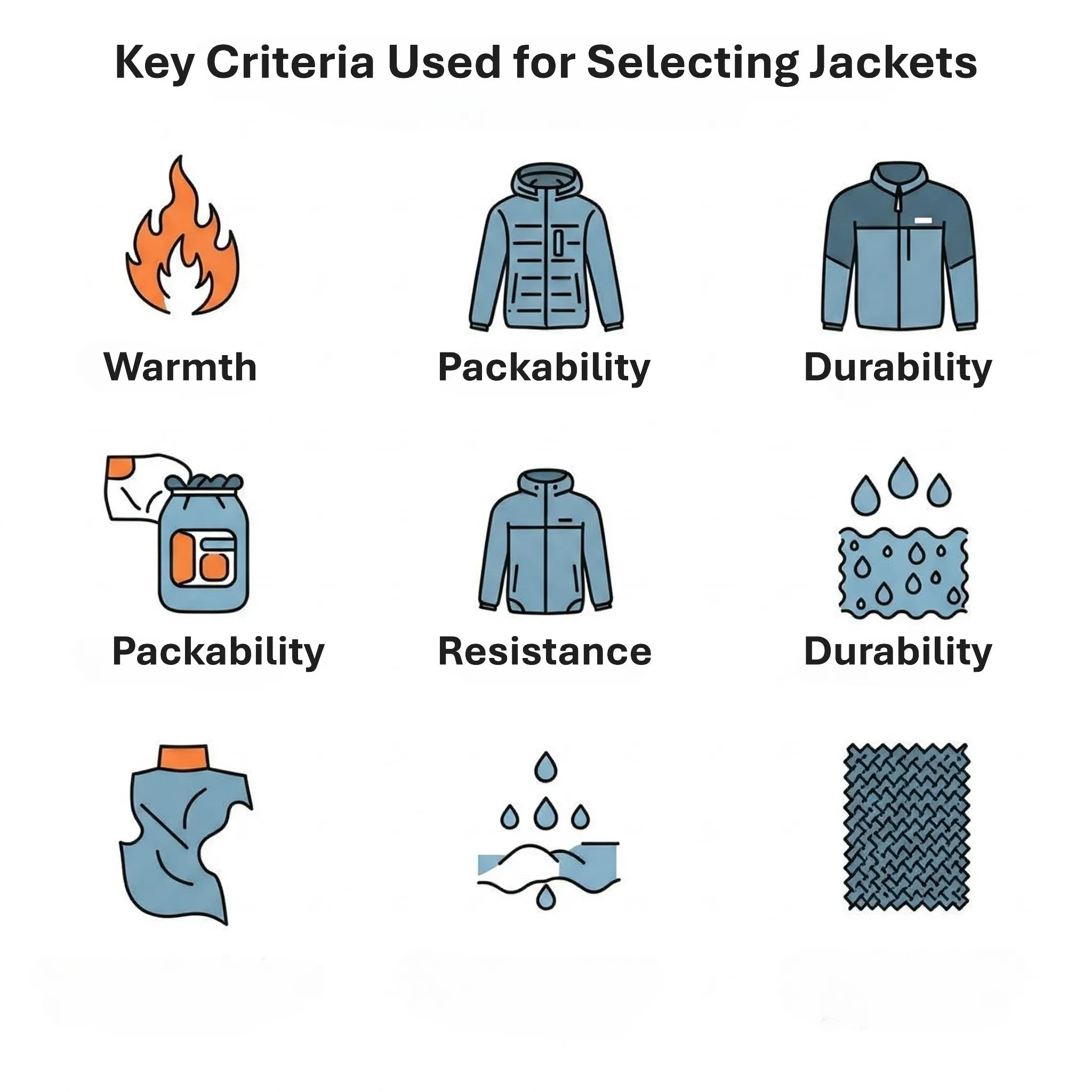 key criteria used for selecting the jackets, such as warmth level, packability, water resistance, and durability, possibly using icons or infographics.
key criteria used for selecting the jackets, such as warmth level, packability, water resistance, and durability, possibly using icons or infographics.
Our selection process prioritized finding the most functional and versatile insulated jackets for a wide range of activities, rather than focusing on fashion or highly specialized, sport-specific styles. We aimed for jackets that provide a balance of warmth, flexibility, durability, water resistance, windproofness, comfortable fit, user-friendly features, packability, and ethical sourcing.
- Warmth: We evaluated both down and synthetic insulation, looking for jackets that maintained reasonable warmth when worn over a light base layer, suitable for everyday tasks like starting a car on a cold morning. We considered that synthetic insulation performs better in damp climates and for activities that might be rougher on the gear, such as shoulder-season hiking or bouldering. Down, on the other hand, is favored for dry, cold conditions and offers excellent warmth-to-weight ratio, but loses its insulating properties when wet. For our down options, we specifically looked for a reasonable volume of high-quality down filling, measured by fill power. We understand that a higher fill power (like 850) provides more warmth than a lower fill power (like 650) for the same weight.
- Flexibility: A great jacket should allow for a full range of motion without feeling restrictive. We looked for jackets comfortable enough for various activities, including hiking, cycling, climbing, and even sleeping in during chilly camping trips.
- Durability: We defined durability as a low susceptibility to ripping, tearing, or seam separation during average outdoor use. We expected the jackets to withstand brushing against undergrowth, contact with tree branches, and the normal wear and tear of carrying items in pockets or wearing a backpack.
- Water Resistance/Drying Process: Recognizing that no down jacket is truly waterproof, we sought models with a Durable Water Repellent (DWR) coating that causes water to bead on the surface rather than being immediately absorbed. We also considered how quickly the jackets could dry indoors.
- Windproofness: Similarly, while a completely windproof down jacket is difficult to find, we looked for jackets that offered a good level of wind resistance.
- Overall Fit: We preferred jackets with a comfortably loose yet functional fit. They should not be constricting but should also fit comfortably under a windproof and waterproof outer shell, with enough room for a base layer underneath.
- User-Friendly Zippers and Pockets: We prioritized zippers that are easy to use even when wearing gloves and durable enough to withstand frequent use in cold conditions. We also looked for jackets with at least two front hand-warmer pockets, as well as interior pockets and potentially a chest or shoulder pocket, providing enough space to carry essential items.
- Packability: An ideal jacket should pack down to a relatively small size, roughly comparable to a grapefruit, and be lightweight, similar to a golf ball. It should also be able to regain its original loft after being compressed, even after extended periods.
- Ethical Sourcing: We prioritized jackets that use down certified by the Responsible Down Standard (RDS), which ensures that the feathers come from birds that were not live-plucked or subjected to force-feeding. We also noted the Global Traceable Down Standard (Global TDS) as another reputable certification program.
====================================================================
How We Tested: Real-World Adventures Across Diverse Conditions
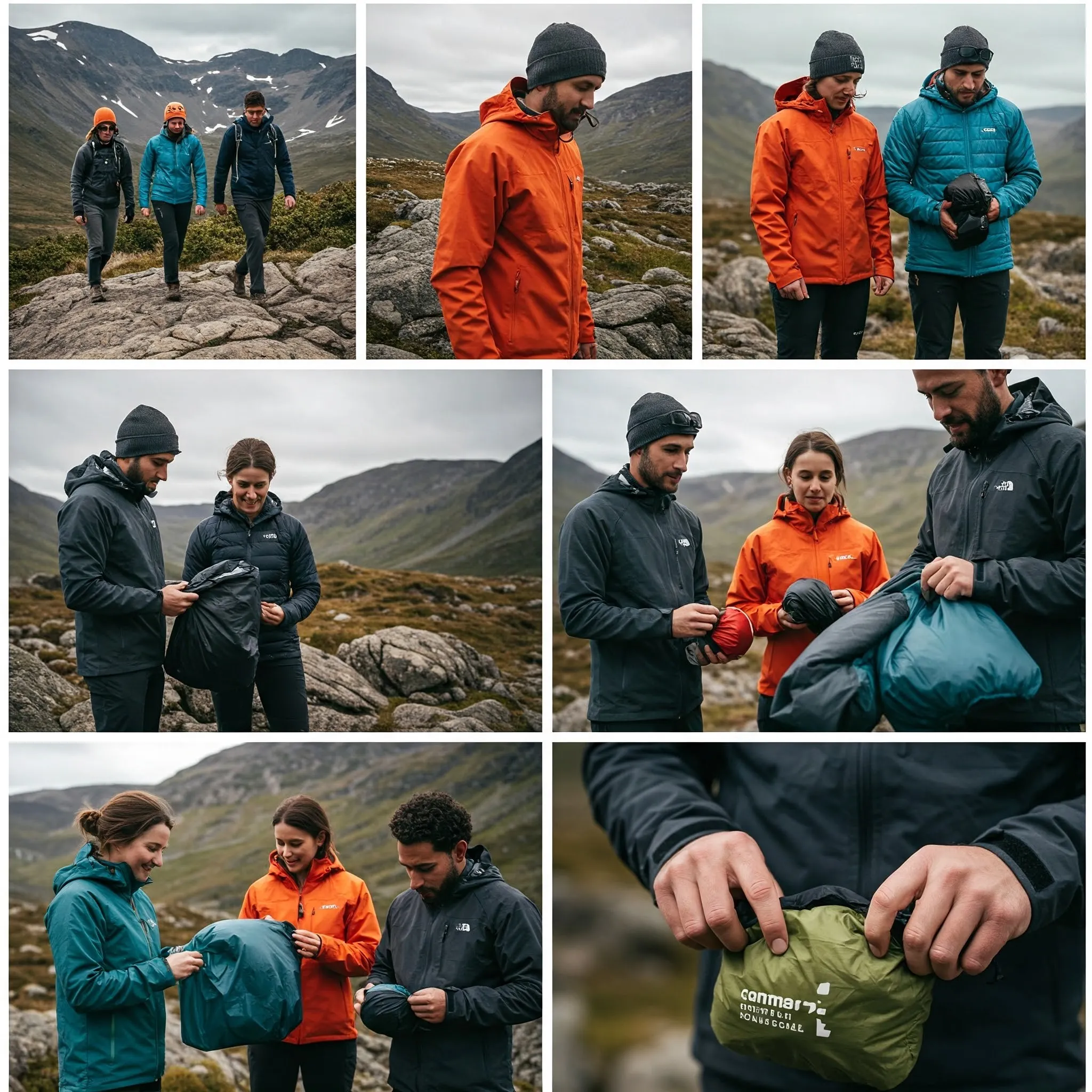
Our testing process was extensive and involved multiple phases across several years. For the initial version of this guide, we tested 33 jackets. In 2021, we evaluated an additional 15 models, and in 2024, we tested another 15, bringing our total to 75 insulated jackets. Upon receiving the jackets, we immediately assessed their packability by compressing them into their stuff sacks and measuring their packed size and weight. We found that while most online specifications were generally accurate, achieving the advertised packed size could sometimes be challenging. For the initial testing phase, our lead tester enlisted the help of eight enthusiastic friends. This group collectively trail-ran, hiked, skipped, crawled, and climbed through four laps of the Presidential Traverse and summited 26 individual peaks. Their combined efforts resulted in over 220 miles of testing and more than 170,000 feet of elevation change, as measured by a Garmin tracker. In 2021 and 2024, updated models of our original picks, along with many new options, were taken on adventures throughout the Pacific Northwest, the Central Cascades, and beyond.
These jackets were exposed to a wide range of challenging conditions, including icy rain, high winds, and persistent drizzles. We also had a tester in the Sierra Nevadas who wore the coats through a winter with over 700 inches of snow and ventured into the glaciers and streams of Alaska, further pushing the limits of the jackets' performance. During our testing, we deliberately stuffed the jacket pockets to their capacity, aggressively layered clothing underneath them to assess fit and comfort, and meticulously compared their construction details, evaluating zippers, shell materials, baffling, and drop-back hems. We also conducted water resistance tests by splashing water onto the surfaces to see if it beaded off or soaked in. Following this, we put the jackets through standard washing and drying cycles to assess their durability and ability to maintain loft. In the outdoors, each jacket was subjected to at least 5 miles or one hour of activity. Many of the top contenders were used overnight during backpacking trips, for late-night dog walks in high-speed winds, and on snowshoe expeditions. We also incorporated the jackets into our daily routines, wearing them for commutes and running errands around town, providing a comprehensive evaluation of their performance in various real-world scenarios.
====================================================================
Top Pick: Montbell Alpine Light Down Jacket – The Best Overall Down Jacket

The Montbell Alpine Light Down Jacket, available in both women's and men's sizes, has consistently been our top pick for the best overall down jacket for over five years. This jacket offers an exceptional combination of lightweight design and impressive warmth, thanks to its high-quality 800-fill-power down. Our testers consistently praised its ability to keep them warm in a variety of conditions. The Alpine jacket also boasts several thoughtful features that enhance its functionality, including microfleece-lined hand-warmer pockets and a collar for added comfort, a drawcord hem for an adjustable fit, durable YKK zippers, and large interior drop pockets for storing essentials. It even comes with a convenient cinch sack for easy packing. The jacket's wind-resistant construction and durable water-repellent (DWR) coating provide excellent protection against the elements, keeping you dry even in wet alpine environments. In 2023, Montbell updated the women's version to include horizontal baffles, matching the men's design, and introduced new color options, while maintaining the same level of warmth and comfort that we've come to expect. Unfortunately, this jacket is not available in extended sizes, but we do have a recommendation for those who need more sizing options. It's important to note that as of January 2025, apparel treated with PFAS is banned from sale in some states, including California and New York. Due to this ban, the Montbell Alpine Light Down Jacket is currently unavailable in those states. However, Montbell has informed us that a PFAS-free version of the vest will be available starting in the fall or winter of 2025–26. Despite this temporary limitation in certain regions, the Montbell Alpine Light Down Jacket remains our top choice due to its exceptional performance and versatility. Its comfortable fit allows for easy layering, and the adjustable cords around the waist help to seal out cold air.
We particularly appreciated the high-quality extras, such as the excellent storage features. The jacket proved to be suitable for a wide range of activities, from everyday errands to backcountry adventures, consistently meeting and exceeding our expectations as a reliable insulator. We even found it comfortable enough to sleep in during chilly nights. Its performance in light rain was also impressive, with moisture beading off the surface and preventing the down from getting wet. The Montbell Alpine Light Down Jacket has also proven to be remarkably durable. Throughout our testing, which included rock scrambles and contact with pack straps and undergrowth, we didn't observe any significant signs of wear and tear. Over multiple seasons of long-term testing during the winter months, it has held up beautifully, proving to be more durable than almost any other jacket we tested. In the event of damage, Montbell offers repairs at reasonable rates and will fix manufacturing errors free of charge for the lifetime of the jacket.
Flaws but not dealbreakers: While the Montbell Alpine Light Down Jacket is our top pick, it's not without minor drawbacks. It might not be the absolute most durable option in our lineup, although it has held up exceptionally well for us over several winters. While we appreciate its incredibly soft feel, the fabric doesn't quite match the ruggedness of the Arc'teryx Atom Jacket. Additionally, the down used by Montbell is not certified by the RDS. However, the company does state on its website its commitment to avoiding live-plucking and using only feathers collected as a byproduct of waterfowl raised for the food industry. Finally, we wish this jacket were available in plus sizes, similar to the REI Co-op 650 Down Jacket. Currently, the men's sizes range from S to XXL, and the women's from S to XL.
Buying Options: You can purchase the Montbell Alpine Light Down Jacket for women at $255 and the men's version for $259 directly from Montbell.
====================================================================
Budget Pick: REI Co-op 650 Down Jacket – Affordable Warmth in a Range of Sizes

If you're looking for an affordable down jacket for occasional use, the REI Co-op 650 Down Jacket, available in men's and women's sizes (including plus women's sizes and extra-tall men's sizes), is an excellent choice that kept our testers warm without breaking the bank. This jacket provides a comfortable and functional set of features at a lower price point. During a cold and wet fall camping trip to the Olympic Peninsula, the REI 650 emerged as a favorite among the more budget-friendly options. Its boxy fit allows for easy layering, and the jacket effectively blocked light wind and repelled light rain and general dampness, preventing the down from clumping thanks to its DWR finish. The jacket features a cinch cord around the waist and comfortable wrist cuffs lined with soft nylon fabric. It also has two zippered hand pockets for added convenience. A significant advantage of the REI 650 is its packability; it compresses smaller than most of its competitors and easily fits into its own pocket, making it lightweight and easy to stash in a backpack when the weather changes.
We particularly appreciated the extended sizing options available for this jacket. It comes in a wide range of shapes and sizes, including options for tall men (S-XXXL and M-XL for tall sizes) and plus-size women (XS-3X). Unlike some brands that offer plus-size clothing, REI's extended size options for this jacket maintain the same quality as the standard-size line. The plus and tall versions feature continuous baffles for consistent warmth and include all the same features as the standard offerings. However, some online reviewers have noted that the women's plus-size line can be a bit short and boxy depending on body shape. The men's model is also available in a hooded version for added versatility. REI's return policy is also noteworthy. They offer a 100% satisfaction guarantee, allowing members to return any purchase for any reason within a year (90 days for non-members). While ordinary wear and tear isn't covered by the warranty, manufacturing defects are covered at any time. The down used in these jackets is RDS-certified, providing assurance of ethical sourcing.
Flaws but not dealbreakers: The REI 650 Down Jacket does have some drawbacks. Its wider baffles can lead to less consistent down distribution, meaning the down can occasionally shift and potentially clump over time. We also noticed some small feathers starting to emerge from the seams after just a day of wear, suggesting that while the jacket will likely last for a few seasons, it might not retain its warmth over the very long term. The zippers also tended to catch on the nearby fabric occasionally. Additionally, the REI 650 is more susceptible to holes and water soaking through compared to our other picks. Finally, it's the least warm of our top picks, containing 650-fill-power down compared to the 800-plus fill of our other recommendations, making it ideal for low-intensity activities in moderately cold climates but perhaps not the best choice for intense weather conditions.
Buying Options: The REI Co-op 650 Down Jacket for women is available for $64 (with potential deals on the clay color), and the men's version costs $129, both available at REI.
====================================================================
Upgrade Pick: Stio Hometown Down Hooded Jacket – Luxurious Warmth and Refined Features
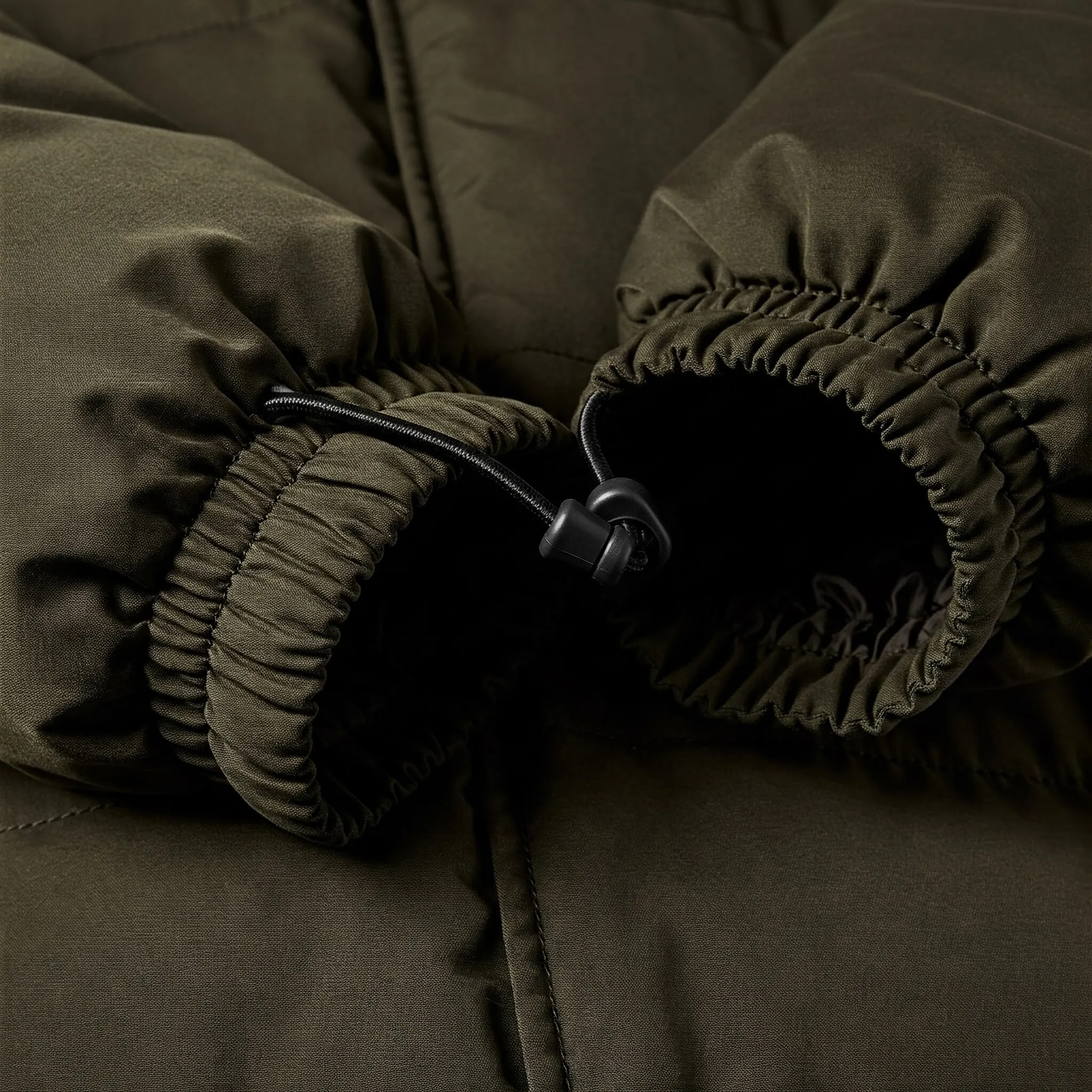
For those seeking a premium down jacket with luxurious features and exceptional performance, the Stio Hometown Down Hooded Jacket, available in men's and women's versions, is our upgrade pick. This jacket feels incredibly soft and boasts a tailored fit that still allows for comfortable layering. The Hometown jacket is packed with cozy and functional details, including a soft yet durable DWR-treated shell, a drop-back hem with a drawcord for added warmth and coverage, and fleece-lined hand-warmer pockets for extra comfort. The 800-fill-power, water-repellent goose-down insulation and an elastic-seamed hood effectively seal out the elements, providing excellent warmth and protection. While both the men's and women's models share many excellent features, there are some notable differences. Both feature microfleece-lined hand-warmer pockets, but the men's jacket also has an exterior microfleece-lined zipper chest pocket, while the women's version has an interior zipper chest pocket with the equivalent microfleece lining in the collar. The cuffs and outer fabric also differ between the models. The women's cuffs have an angled design, providing extra coverage on the pinky-finger side to prevent snow and wind from entering the sleeve. The women's outer fabric is softer with a shinier finish, while the men's version has a more matte finish. Both fabrics have proven to be durable over multiple seasons of use.
One performance difference we observed was that the outer fabric of the women's jacket surprisingly shed water much better than both the men's version and the majority of the competition. The Hometown jacket offers a stylish yet functional fit. Both jackets feature drop-back hems with drawcords, large interior dump pockets, reliable YKK zippers, and a helmet-compatible hood complete with a drawcord. An elastic inner seam provides a snug seal around the hood, preventing drafts and keeping the elements out. These features work together to enhance the après-ski experience, allowing you to stay warm and comfortable even after intense physical activity. We were also impressed with Stio's high-quality down sourcing program, as their down is RDS-certified.
Flaws but not dealbreakers: The Stio Hometown Down Hooded Jacket is a bit bulky and won't stuff into its own pocket, packing down only to about the size of a 2-liter bottle. While this means it's not the most compact option for just-in-case scenarios, the added features and fill weight justify its larger size. It's also available in a more limited range of sizes (XXS-XXL for women's and XS-XXXL for men's) compared to our budget pick. We have also noted some complaints from readers and online reviewers regarding Stio's customer service, which has occasionally been reported as slow or unavailable during regular business hours. However, we did not experience any issues with their customer service during our testing.
Buying Options: The Stio Women’s Hometown Down Hooded Jacket is priced at $263 (with potential deals on orange or blue), and the Stio Men’s Hometown Down Hooded Jacket costs $329, both available from Stio.
====================================================================
Best Down-Alternative Jacket for Active Use: Arc'teryx Atom Jacket – Durable and Breathable Synthetic Insulation

For those who lead an active lifestyle or prefer a synthetic insulation for its performance in damp conditions and its resistance to wear and tear, the Arc'teryx Atom Jacket, available in women's and men's fits, is our top recommendation. If you have a down allergy, prefer to avoid animal products, or frequently find yourself in environments where you're likely to sweat heavily or encounter damp weather, a synthetic-fill jacket is the ideal choice. The Arc'teryx Atom Jacket excels in these situations. It also features a DWR finish for added protection against light rain. The jacket's stretchy side panels provide excellent freedom of movement, making it perfect for a wide range of active pursuits, including alpine climbing and trail running. However, the characteristic narrow Arc'teryx fit might not be suitable for all body types, and the jacket is not available in a broad range of sizes. Additionally, it's not the warmest option among our top picks, as its primary focus is on breathability and versatility for active use.
Buying Options: The Arc'teryx Atom Jacket for women is available for $341 from Amazon, and the men's version is priced at $280 from REI.
====================================================================
Other Jackets Worth Considering: Exploring More Great Options
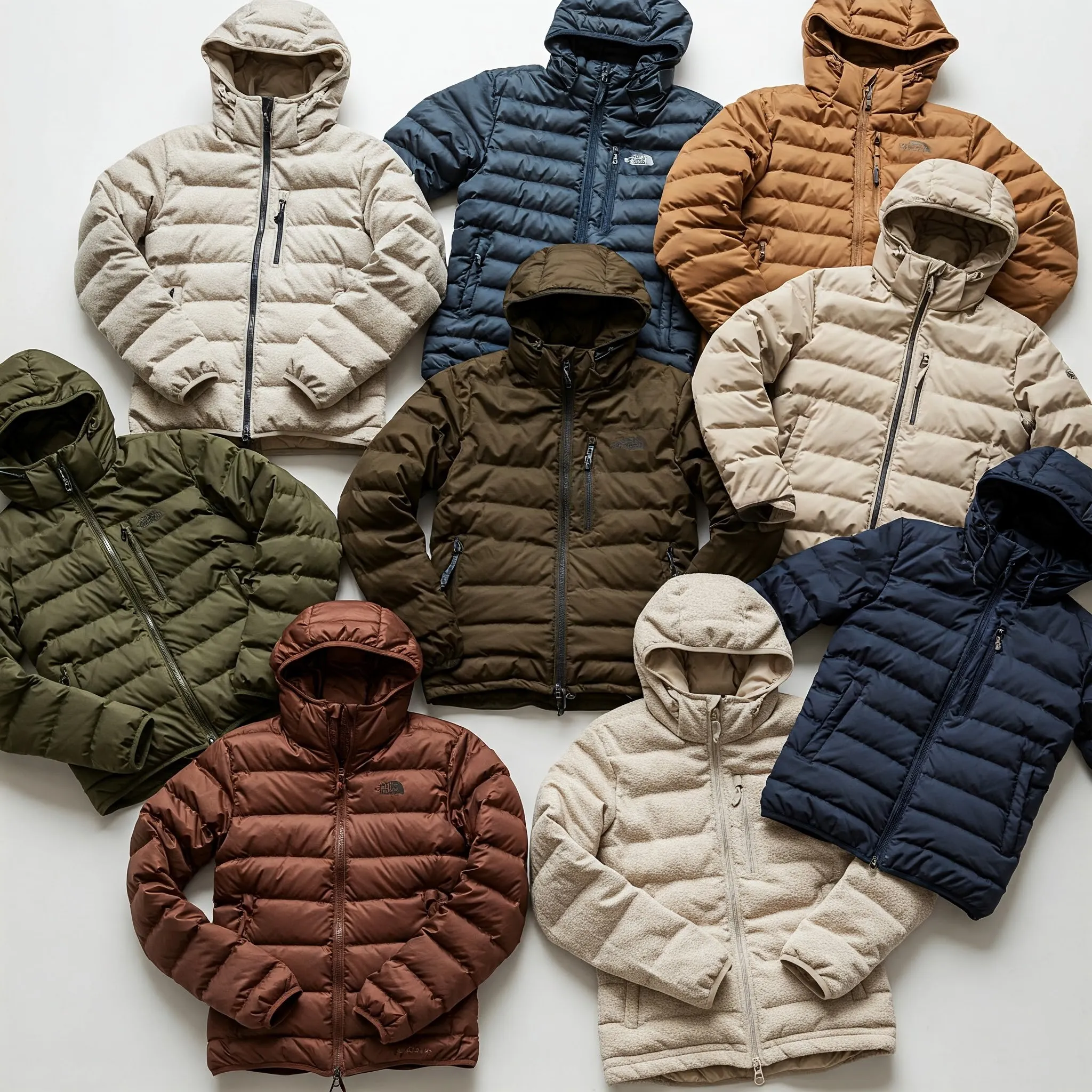
While the jackets highlighted above are our top recommendations, the extensive testing process revealed several other noteworthy contenders that might be a good fit for specific needs or preferences. These jackets offered unique features or performed well in certain aspects of our testing. We encourage you to explore these options if our top picks don't perfectly align with your requirements. Detailed information on these other jackets, including their strengths and weaknesses, can be found in our full, in-depth review.
====================================================================
The Competition: Examining Other Strong Contenders in the Down Jacket Market
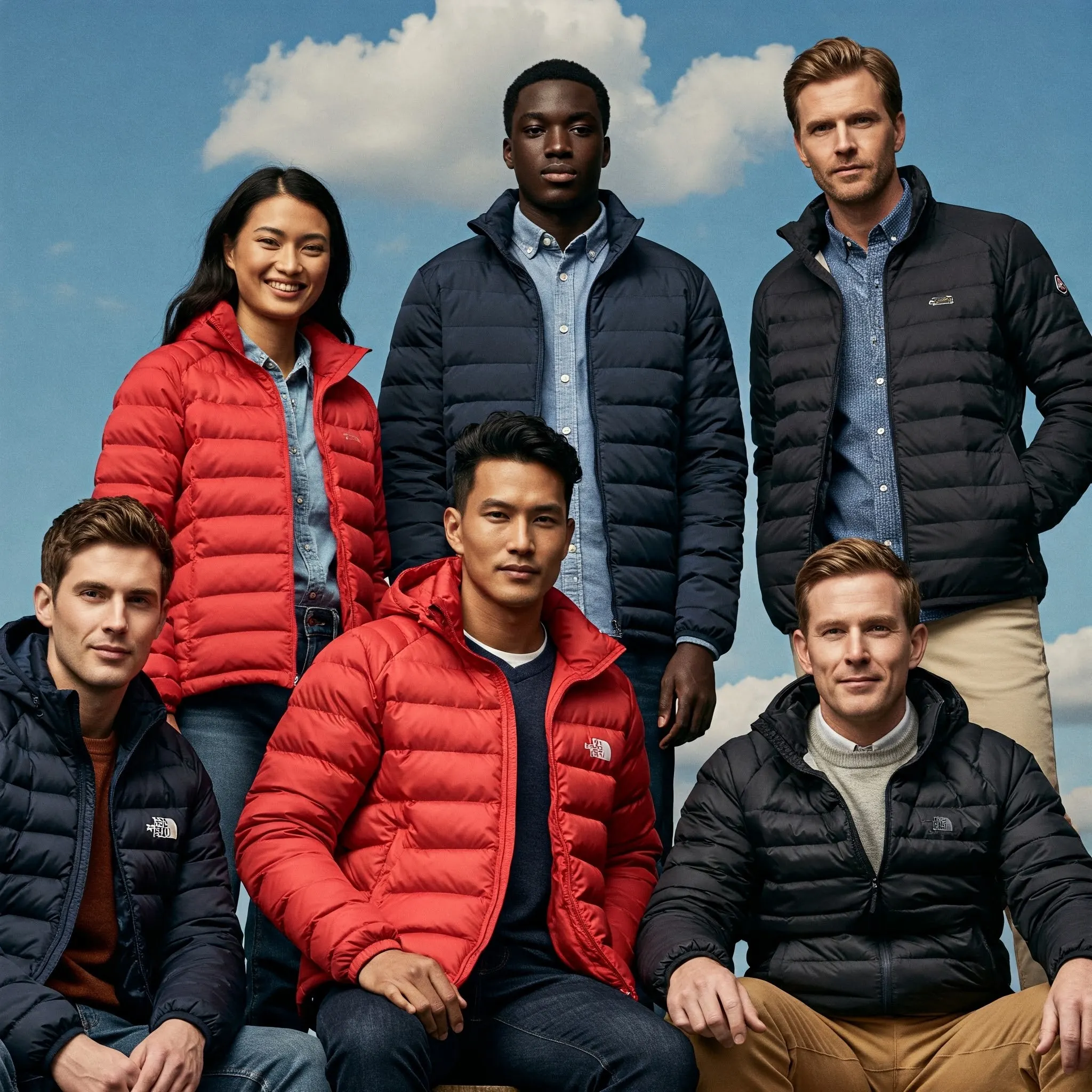
During our rigorous testing, we evaluated numerous down jackets from a variety of reputable brands. While the Montbell Alpine Light Down Jacket, REI Co-op 650 Down Jacket, Stio Hometown Down Hooded Jacket, and Arc'teryx Atom Jacket emerged as our top picks, several other jackets demonstrated strong performance and are worth considering depending on your specific priorities. For instance, jackets from brands like Patagonia, such as the versatile Patagonia Down Sweater and the warmer Patagonia Fitz Roy Down Hoody, are consistently praised for their quality and environmental responsibility. The Rab Microlight Alpine Down Jacket remains a popular choice among climbers and backpackers due to its excellent warmth-to-weight ratio and packability. The North Face offers a wide range of options, including the iconic The North Face Nuptse Jacket known for its retro style and warmth, and the lightweight and packable The North Face Thermoball Eco Jacket, which utilizes a synthetic down alternative.
We also considered the Eddie Bauer CirrusLite Down Jacket, a lightweight option often praised for its value and packability. Other notable brands in the down jacket market include Feathered Friends and Western Mountaineering, renowned for producing high-end, exceptionally warm jackets for serious mountaineering and cold-weather expeditions. Additionally, brands like Columbia, Marmot, and Outdoor Research offer a variety of down and down-alternative jackets at different price points, catering to a wide range of needs and activities. While these jackets might have had certain drawbacks in our specific testing criteria for a versatile, multi-use jacket, they could be excellent options for individuals with different priorities, such as maximum warmth, specific features, or a strong preference for a particular brand's ethos and design. Our detailed testing notes provide a comprehensive comparison, highlighting the strengths and weaknesses of these and other competitive models.
====================================================================
What to Look Forward To: The Future of Down Jacket Technology

The world of outdoor gear is constantly evolving, and we anticipate exciting advancements in down jacket technology in the coming years. We expect to see continued innovation in areas like sustainable materials, including the development of more eco-friendly DWR treatments and advancements in recycled down and synthetic insulation. We also anticipate improvements in the warmth-to-weight ratio of both down and synthetic fills, leading to even lighter and more packable jackets without compromising warmth. Additionally, we expect to see more brands adopting ethical sourcing practices and offering greater transparency in their supply chains. We will continue to monitor these developments and update our guide with the latest and greatest innovations in down jacket technology.
====================================================================
Final Thoughts: Choosing the Right Down Jacket for Your Needs

Ultimately, the best down jacket for you will depend on your individual needs, activities, and budget. Our extensive testing has led us to recommend the Montbell Alpine Light Down Jacket as the top overall choice for its exceptional balance of warmth, weight, and weather resistance. For those seeking a more affordable option, the REI Co-op 650 Down Jacket offers excellent value and a wide range of sizes. If you're looking for a touch of luxury and enhanced features, the Stio Hometown Down Hooded Jacket is a fantastic upgrade. And for active individuals or those who prefer synthetic insulation, the Arc'teryx Atom Jacket is our top pick for its durability and breathability. We encourage you to carefully consider your specific needs and preferences when making your decision. We hope this comprehensive guide has provided you with the information you need to find the perfect down jacket to keep you warm and comfortable on all your adventures.
====================================================================
Key Takeaways: Quick Guide to Our Top Down Jacket Recommendations
- Montbell Alpine Light Down Jacket: Best overall for its lightweight warmth and weather resistance.
- REI Co-op 650 Down Jacket: Best budget-friendly option with a wide range of sizes.
- Stio Hometown Down Hooded Jacket: Best upgrade pick offering luxurious features and exceptional warmth.
- Arc'teryx Atom Jacket: Best down-alternative for active use, providing durability and breathability.




